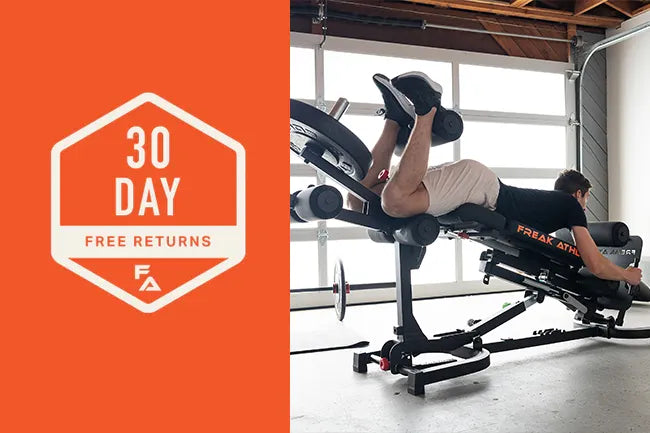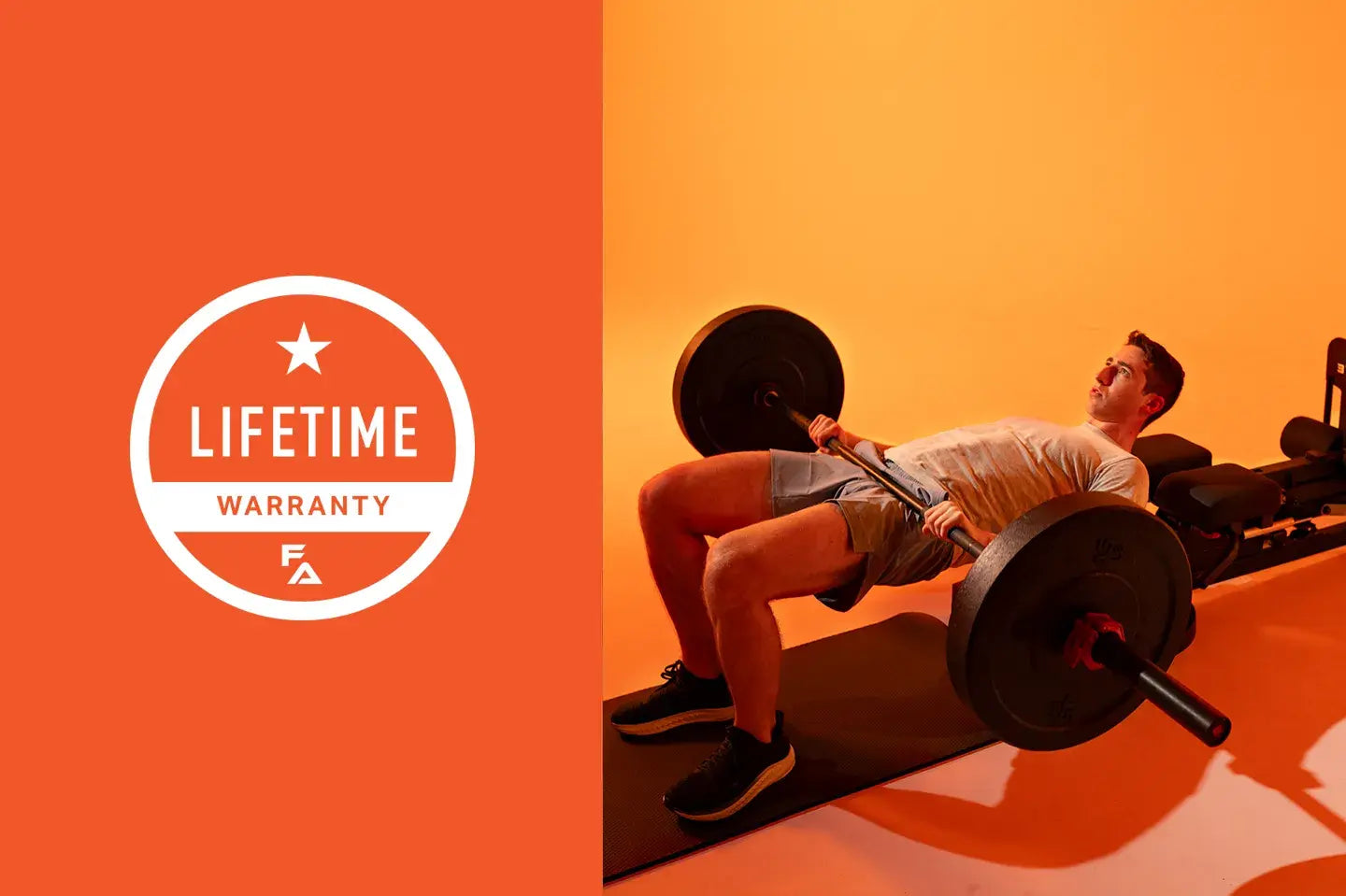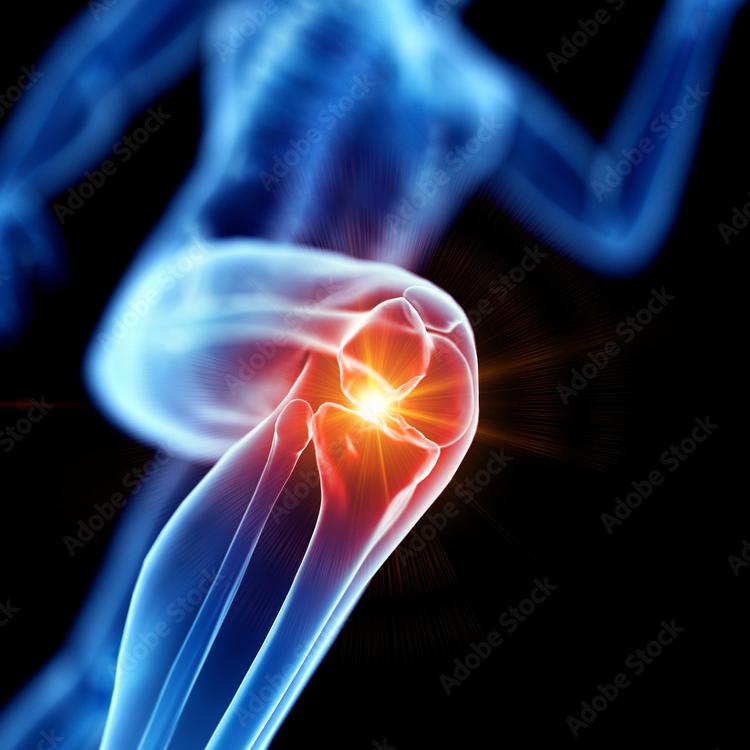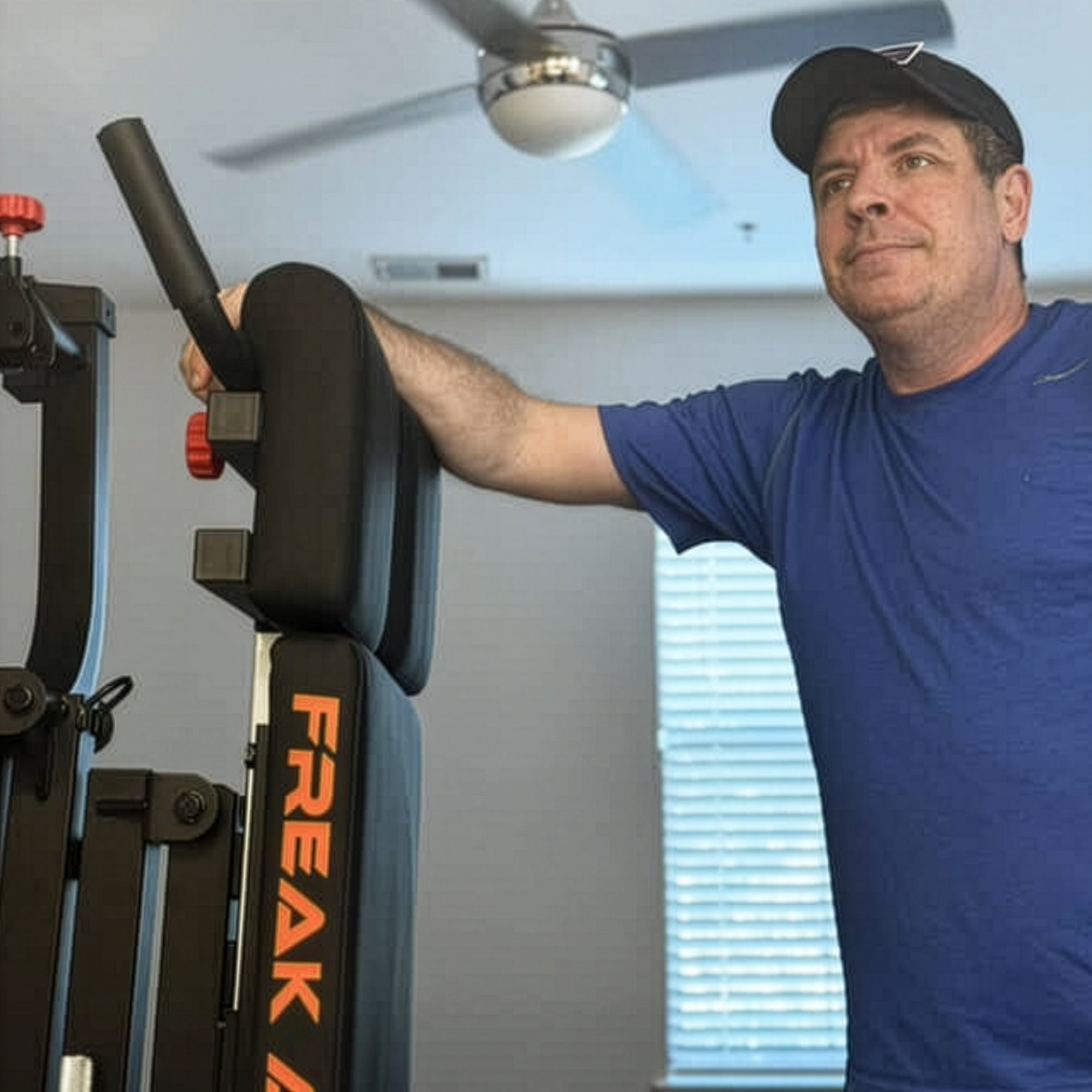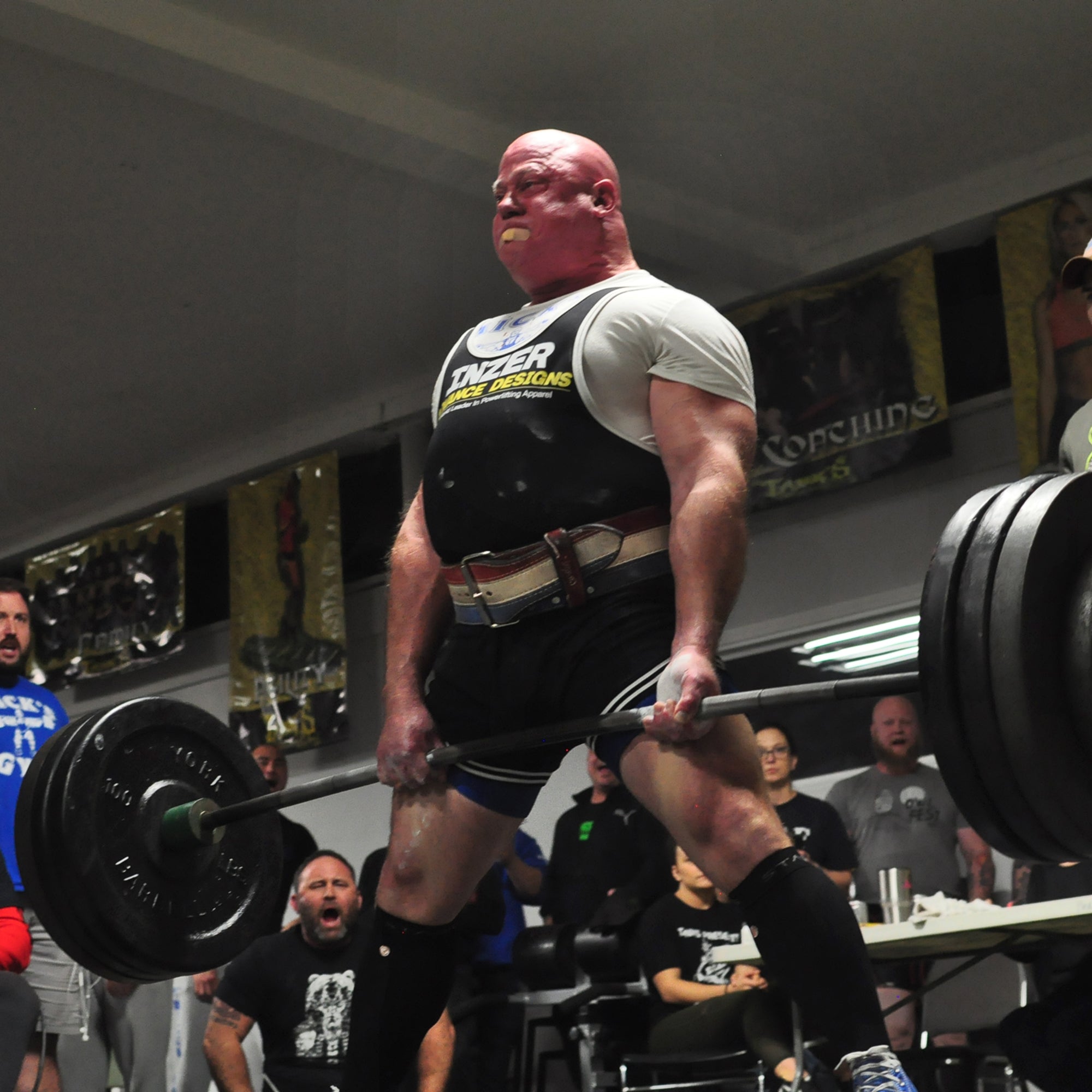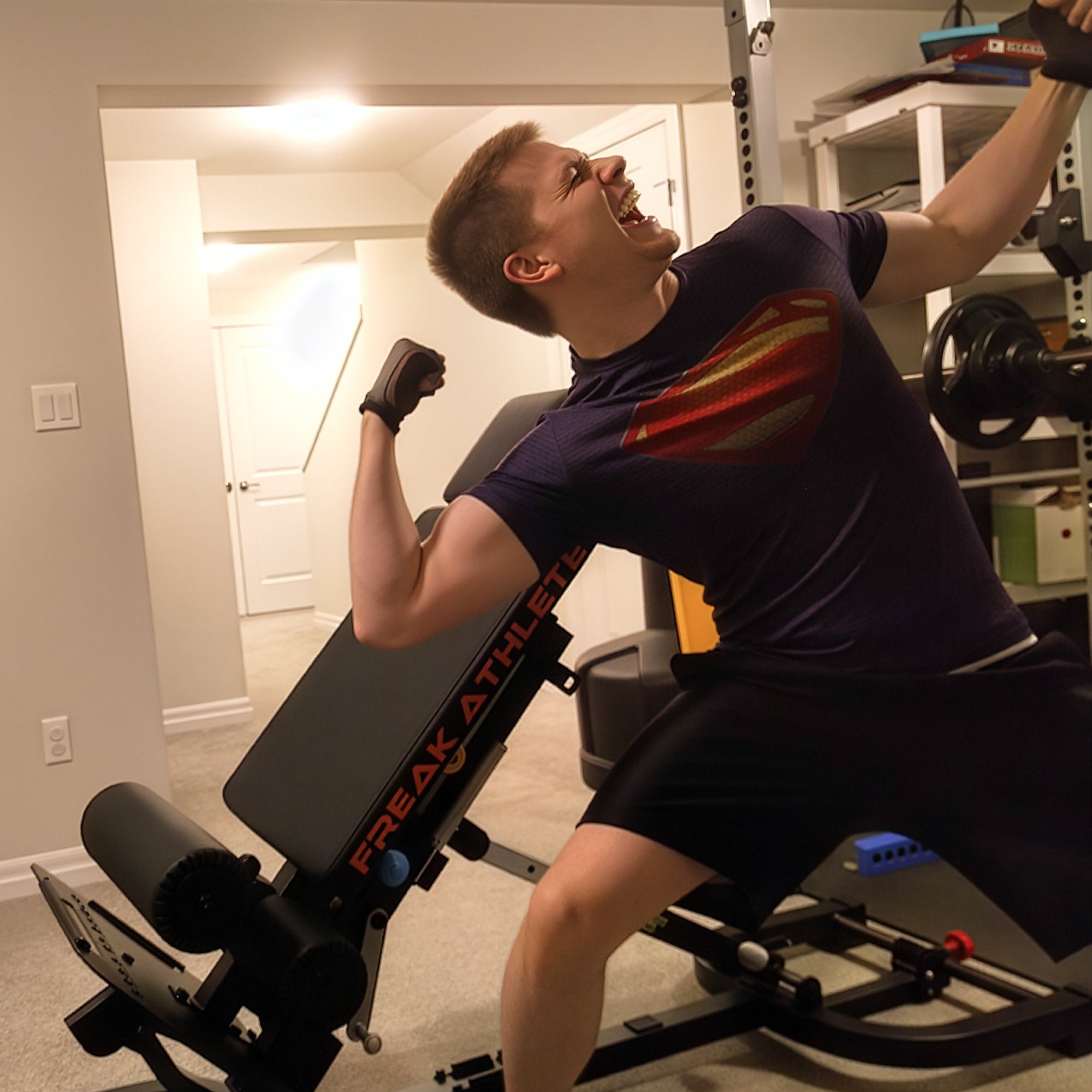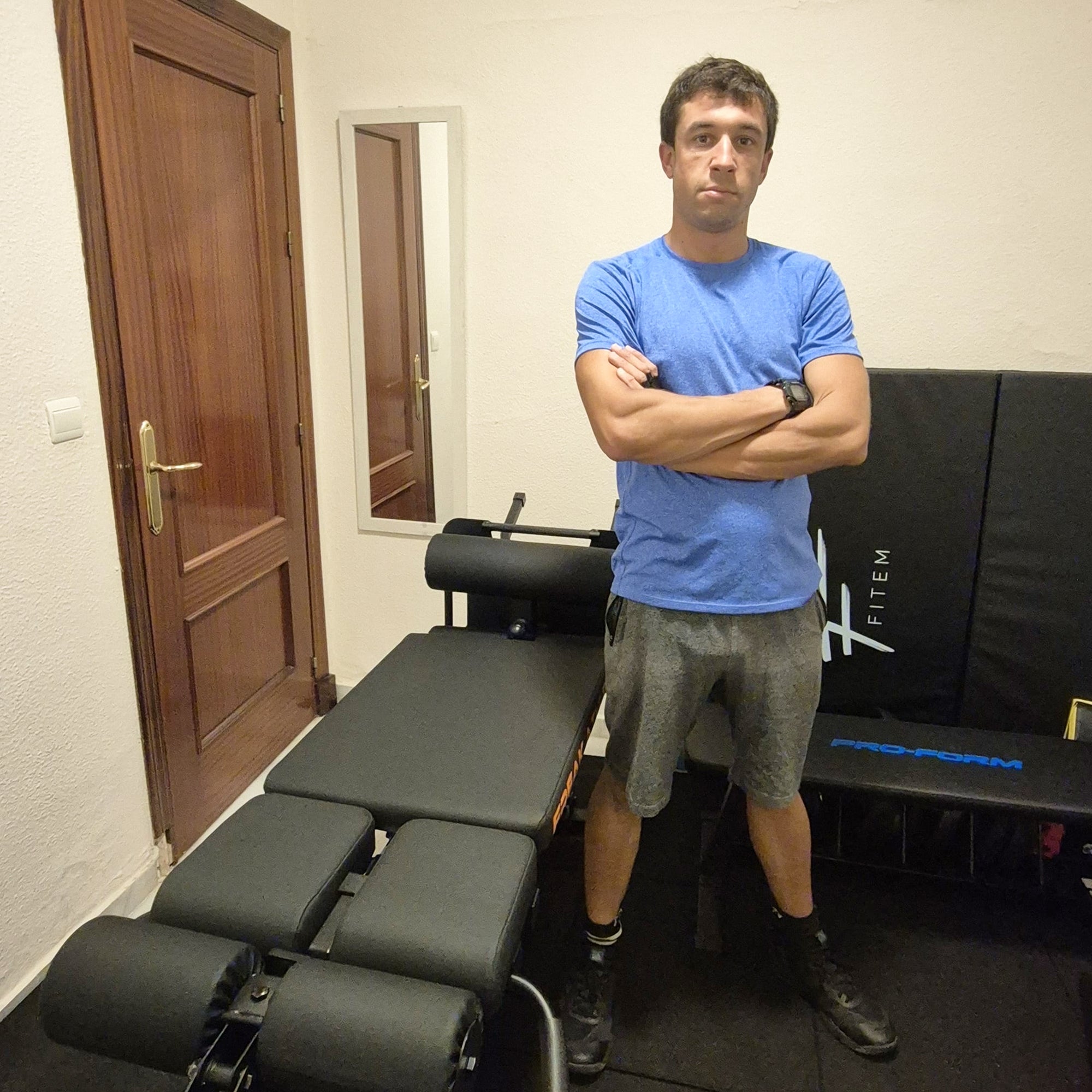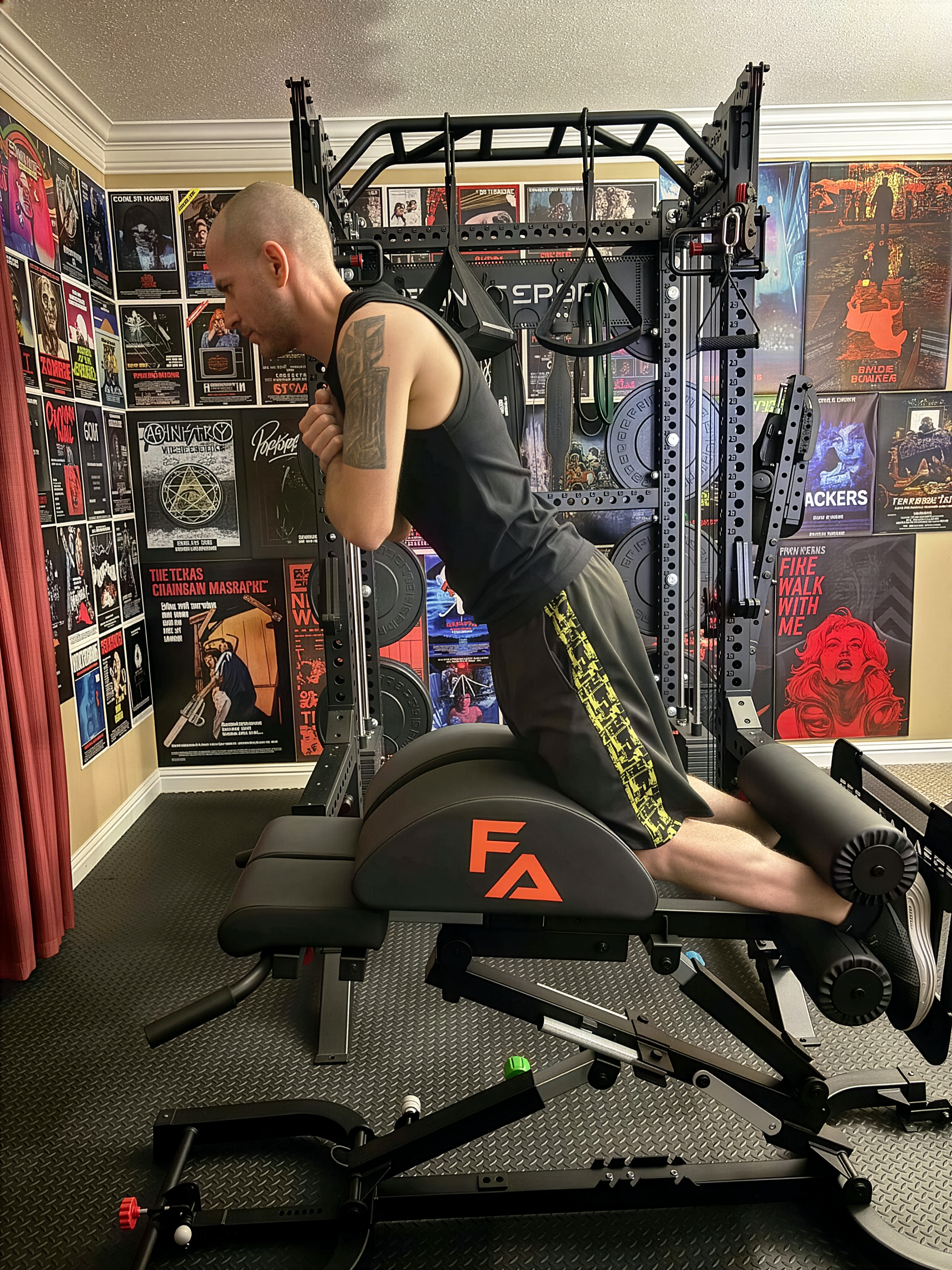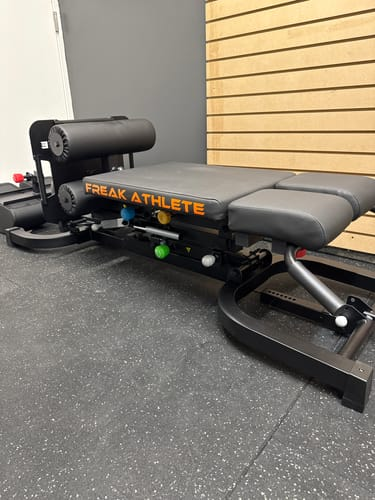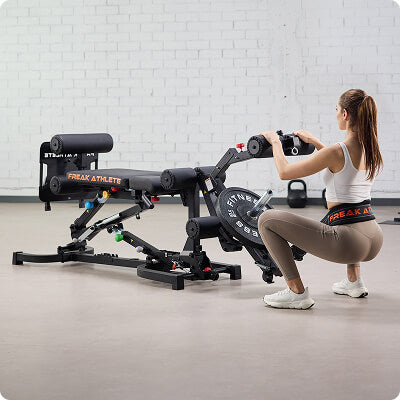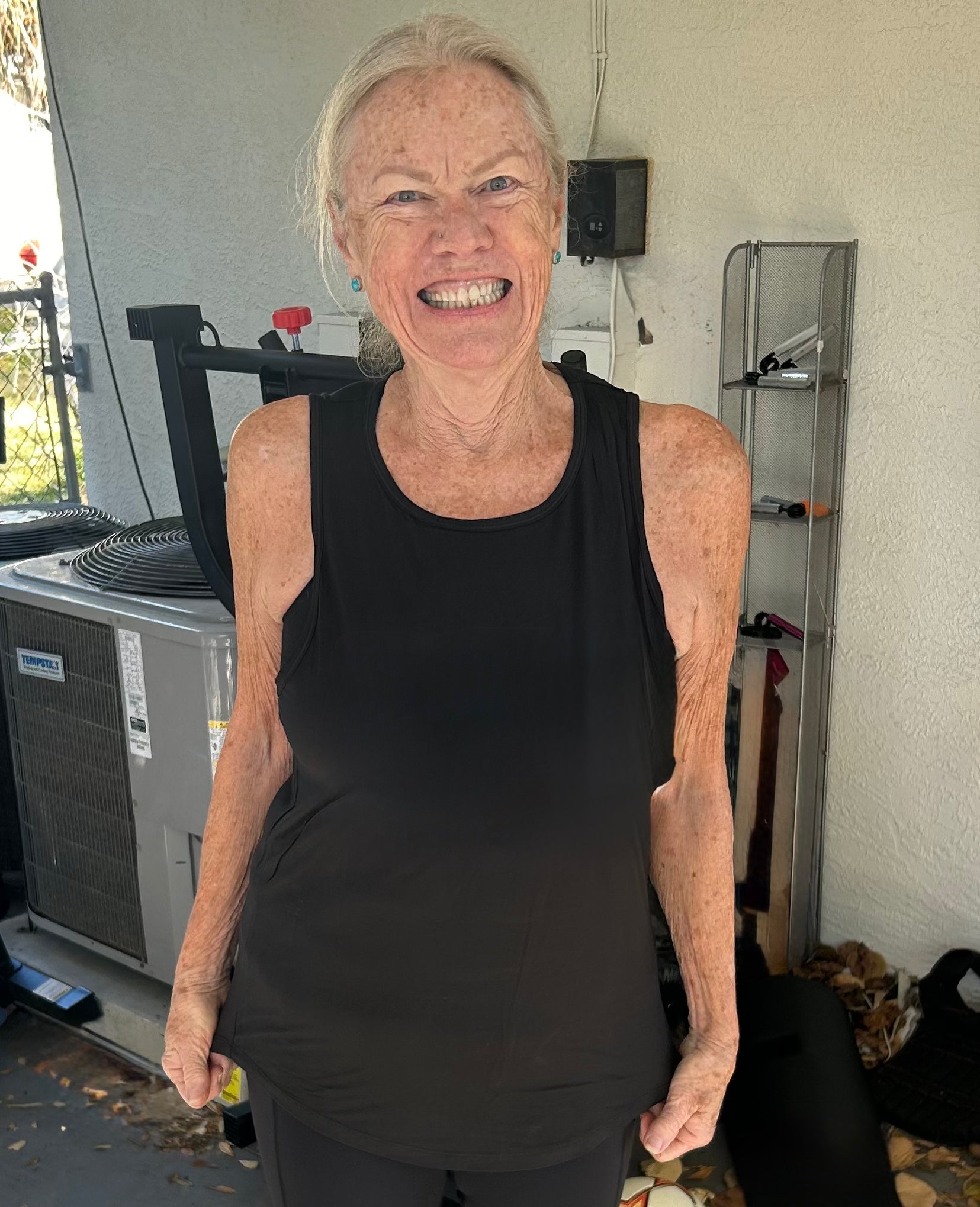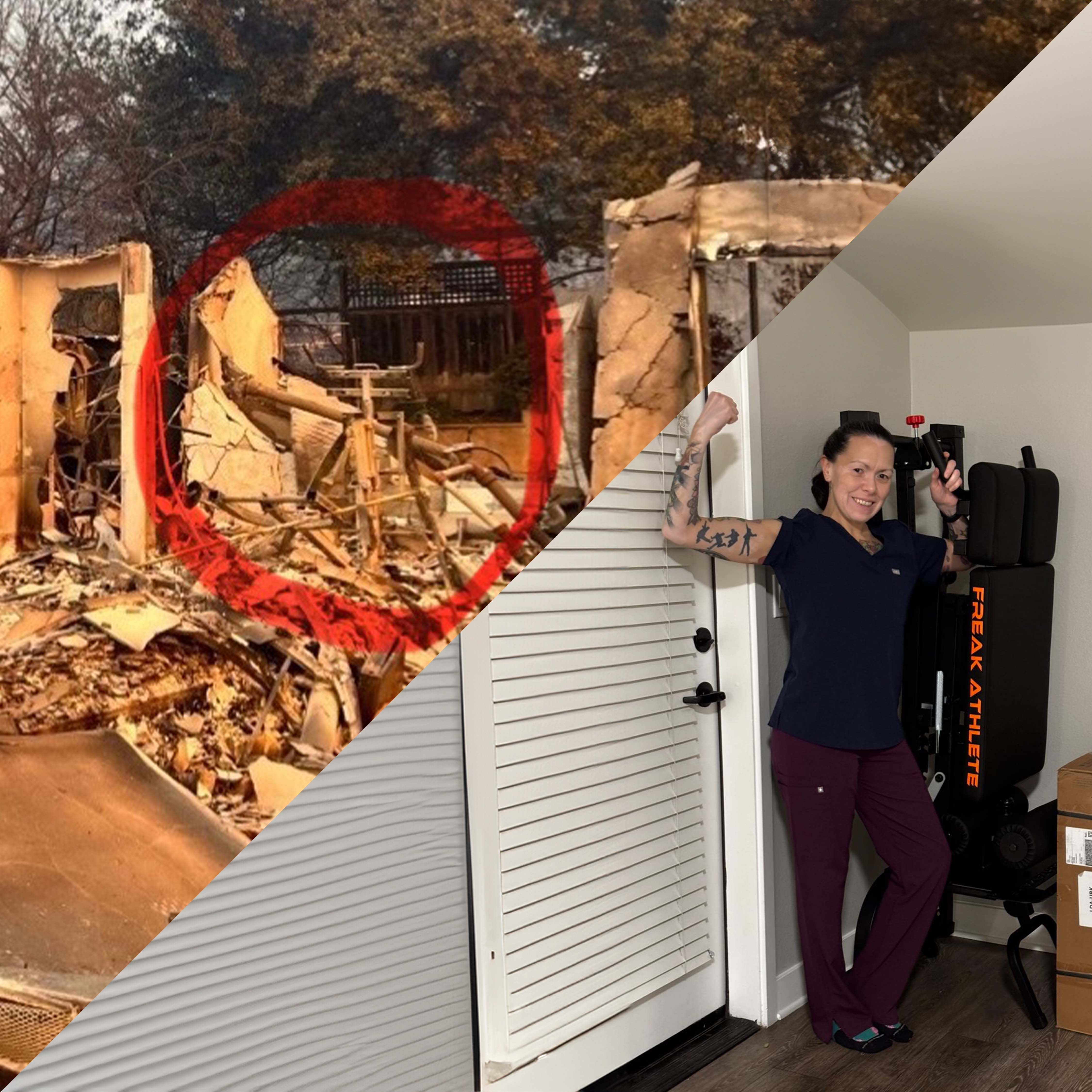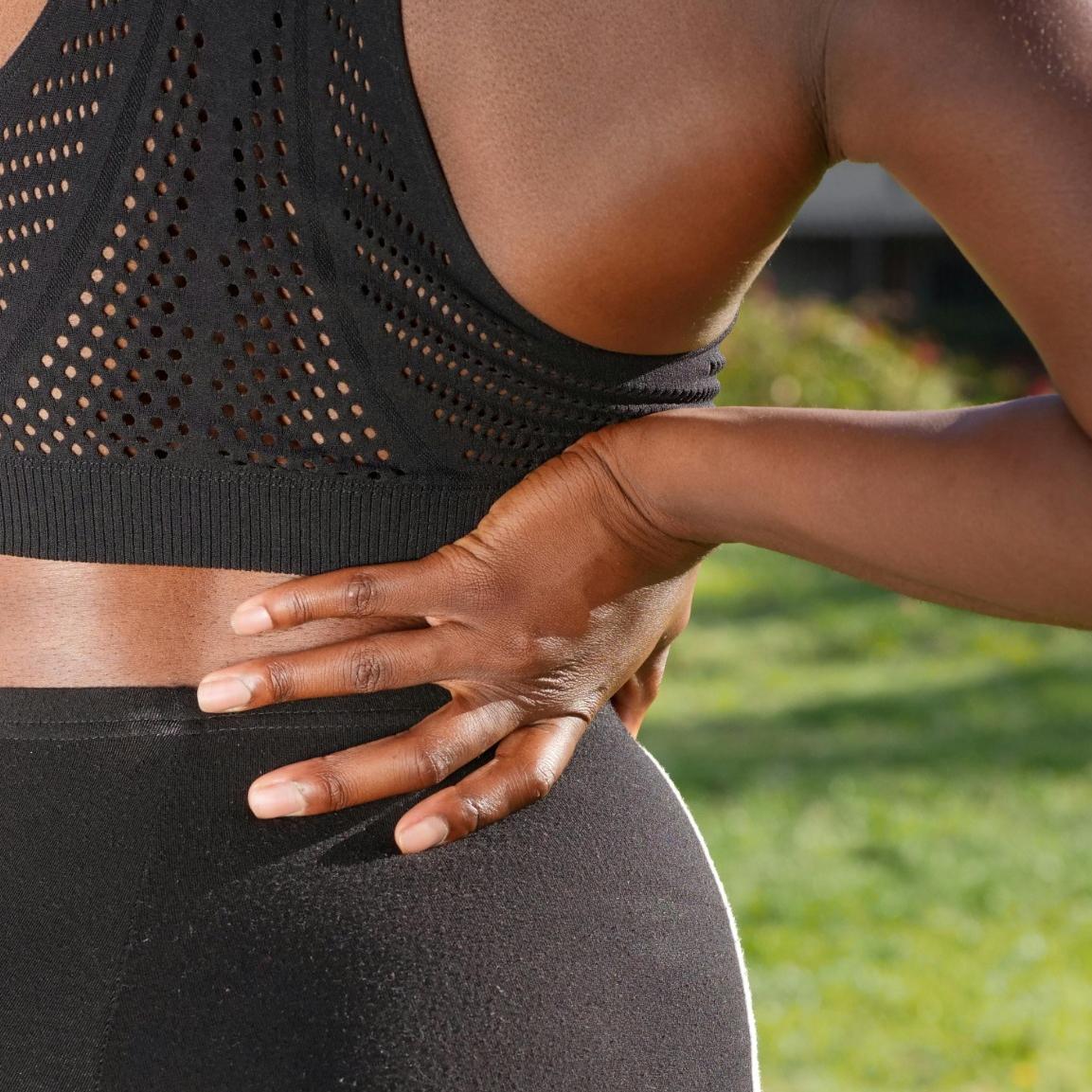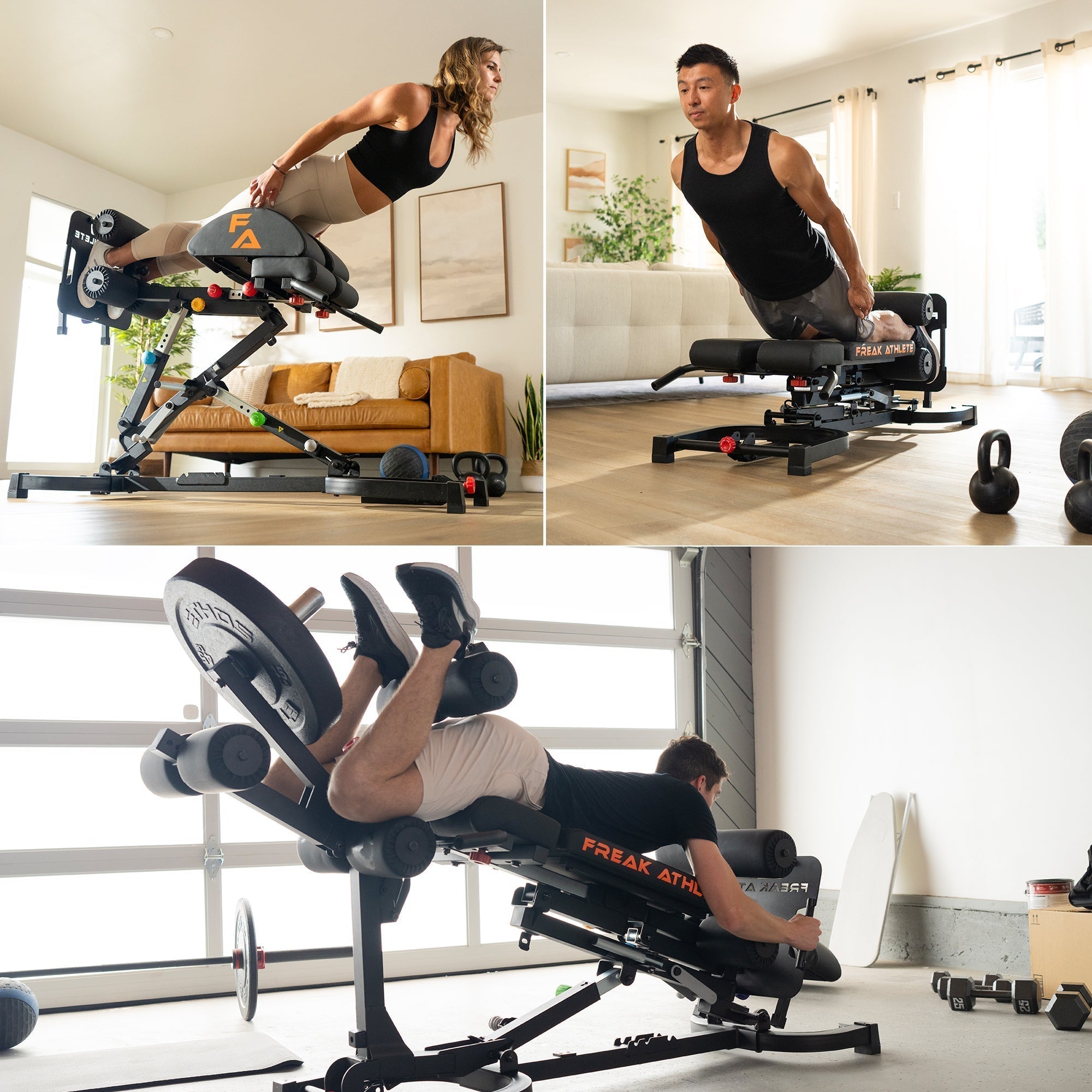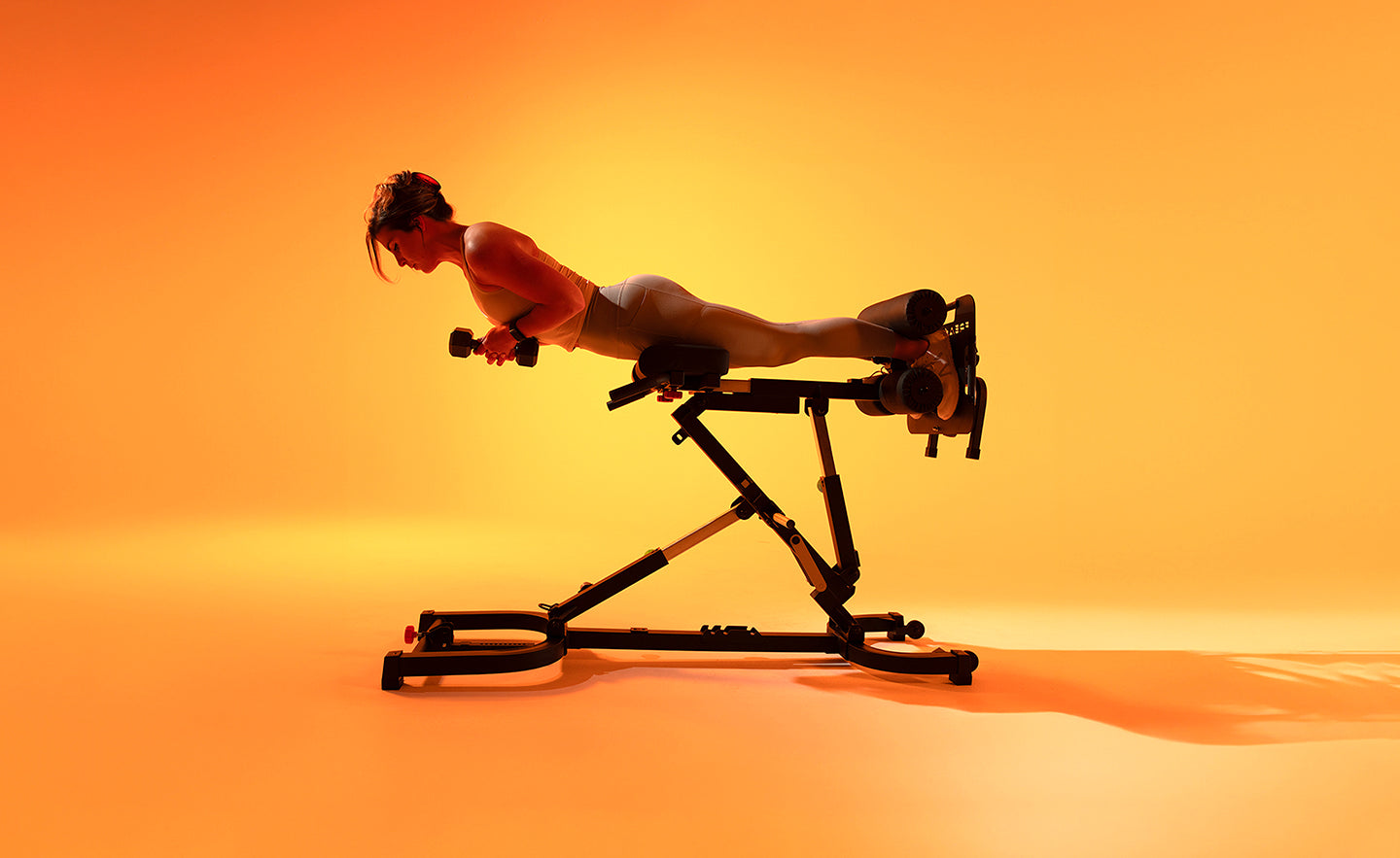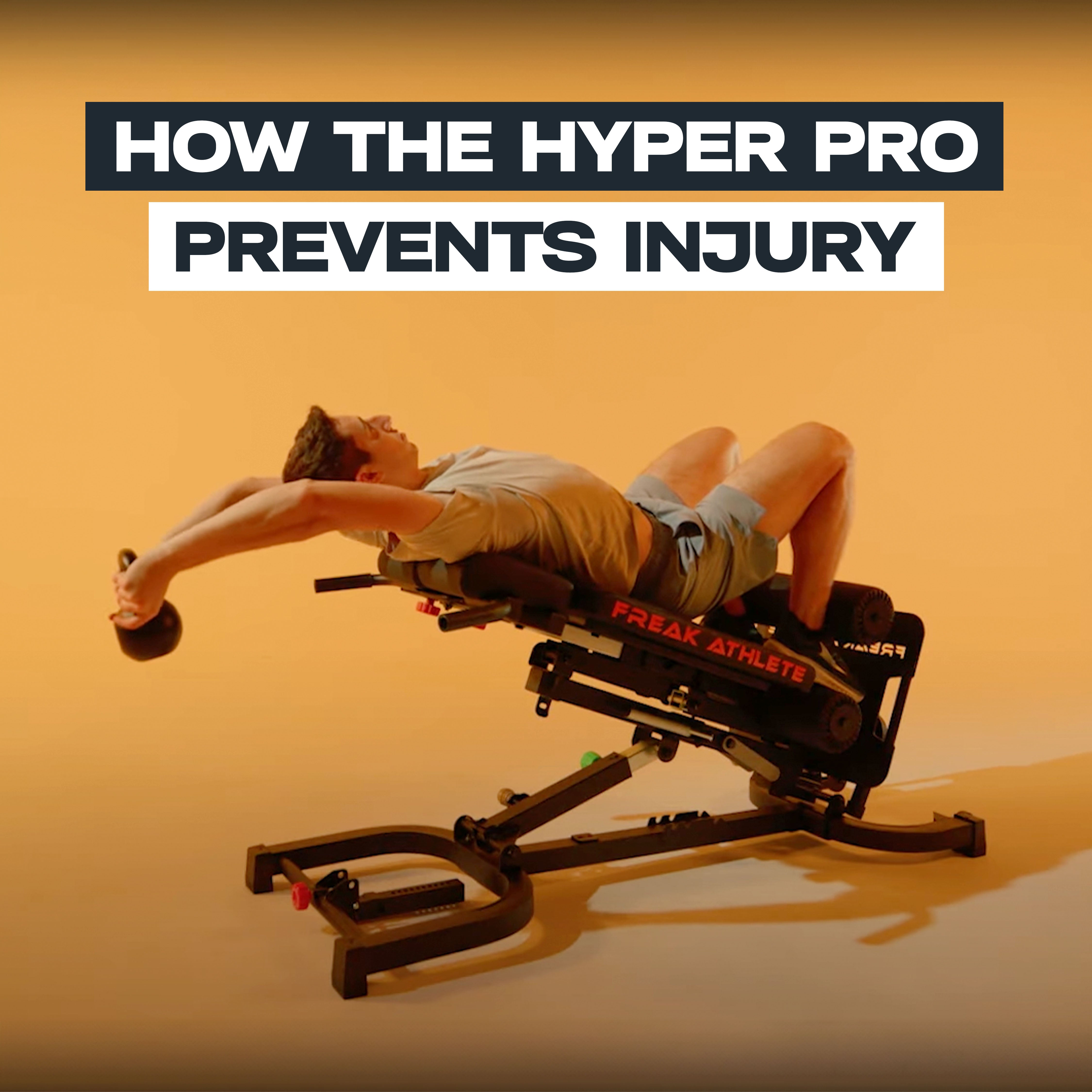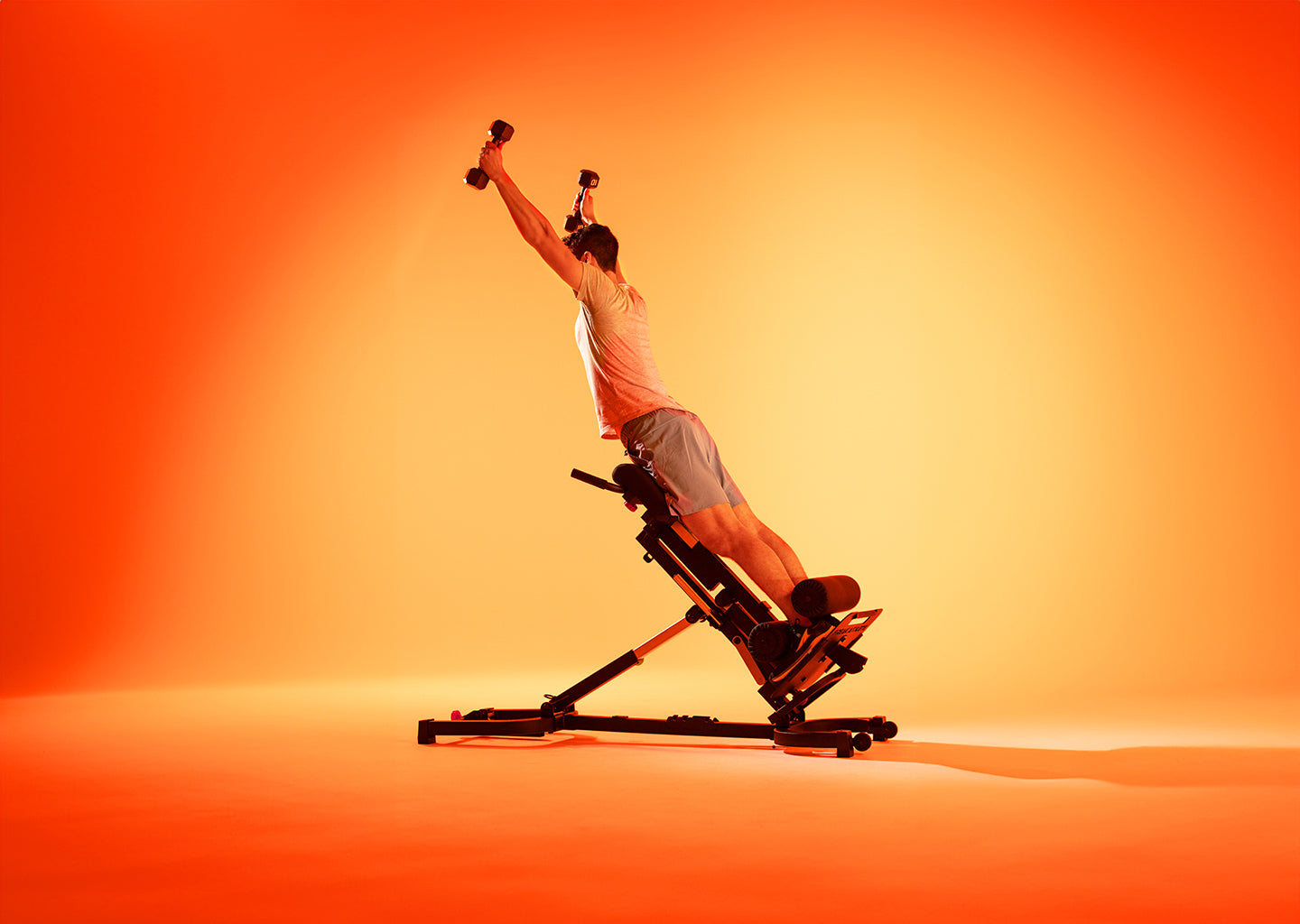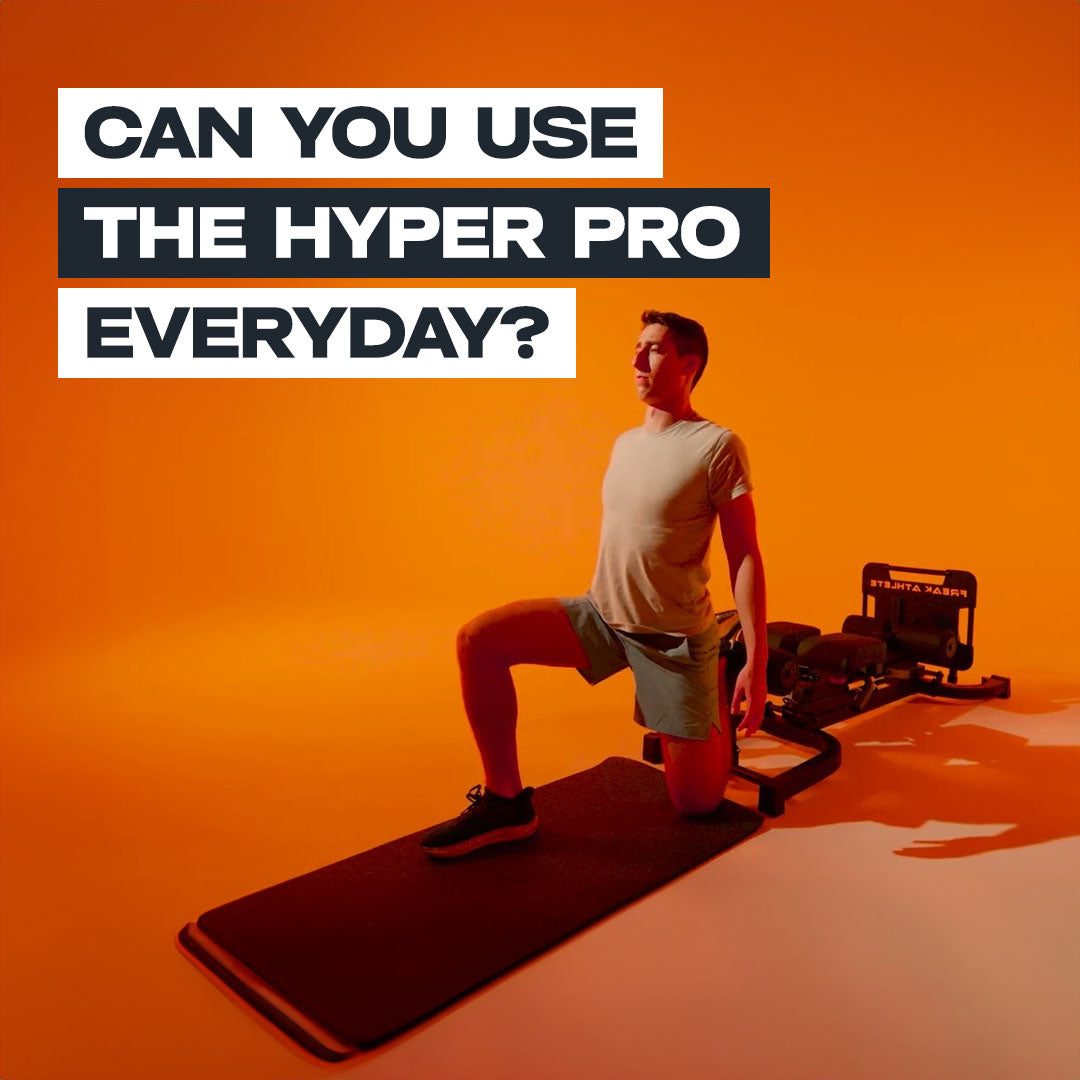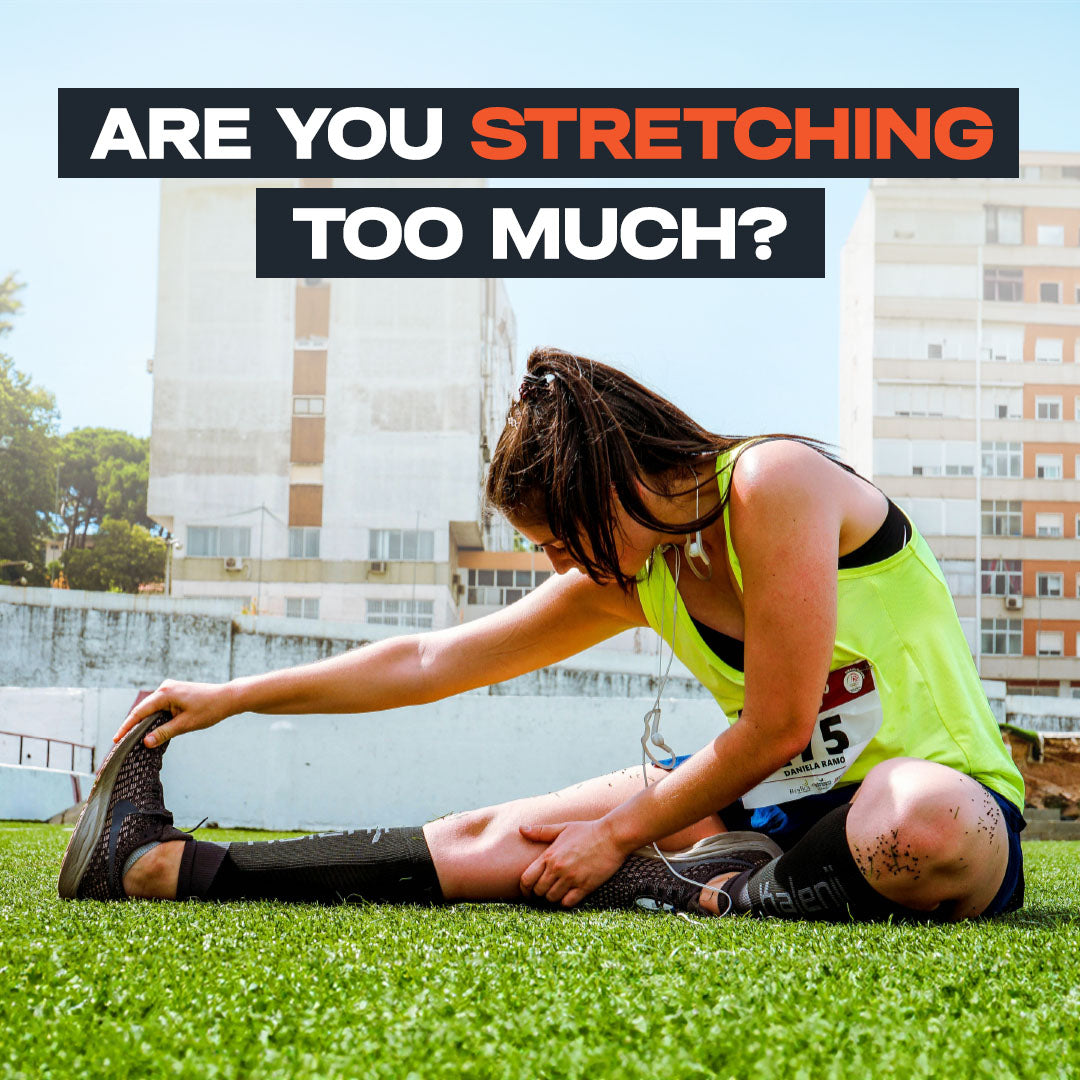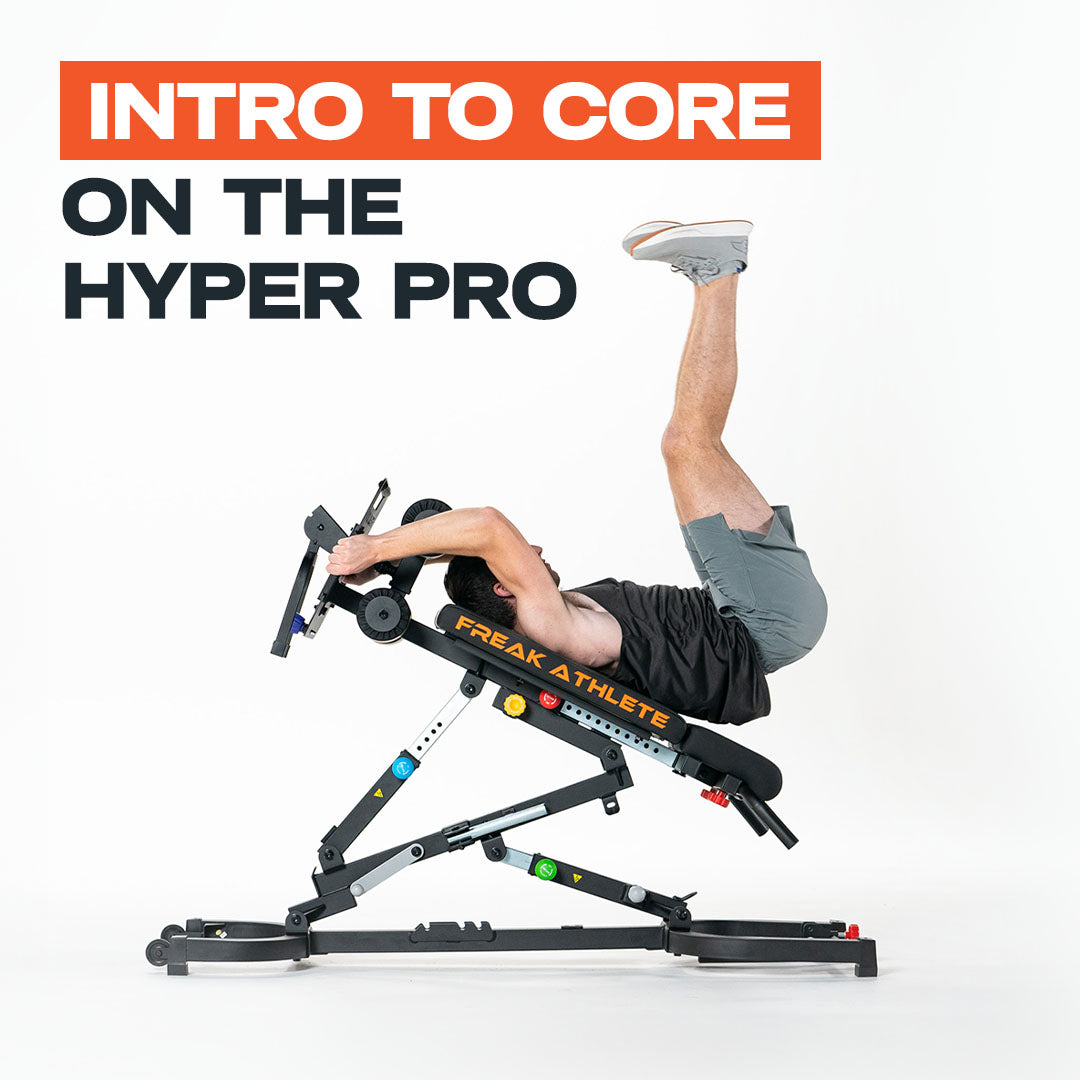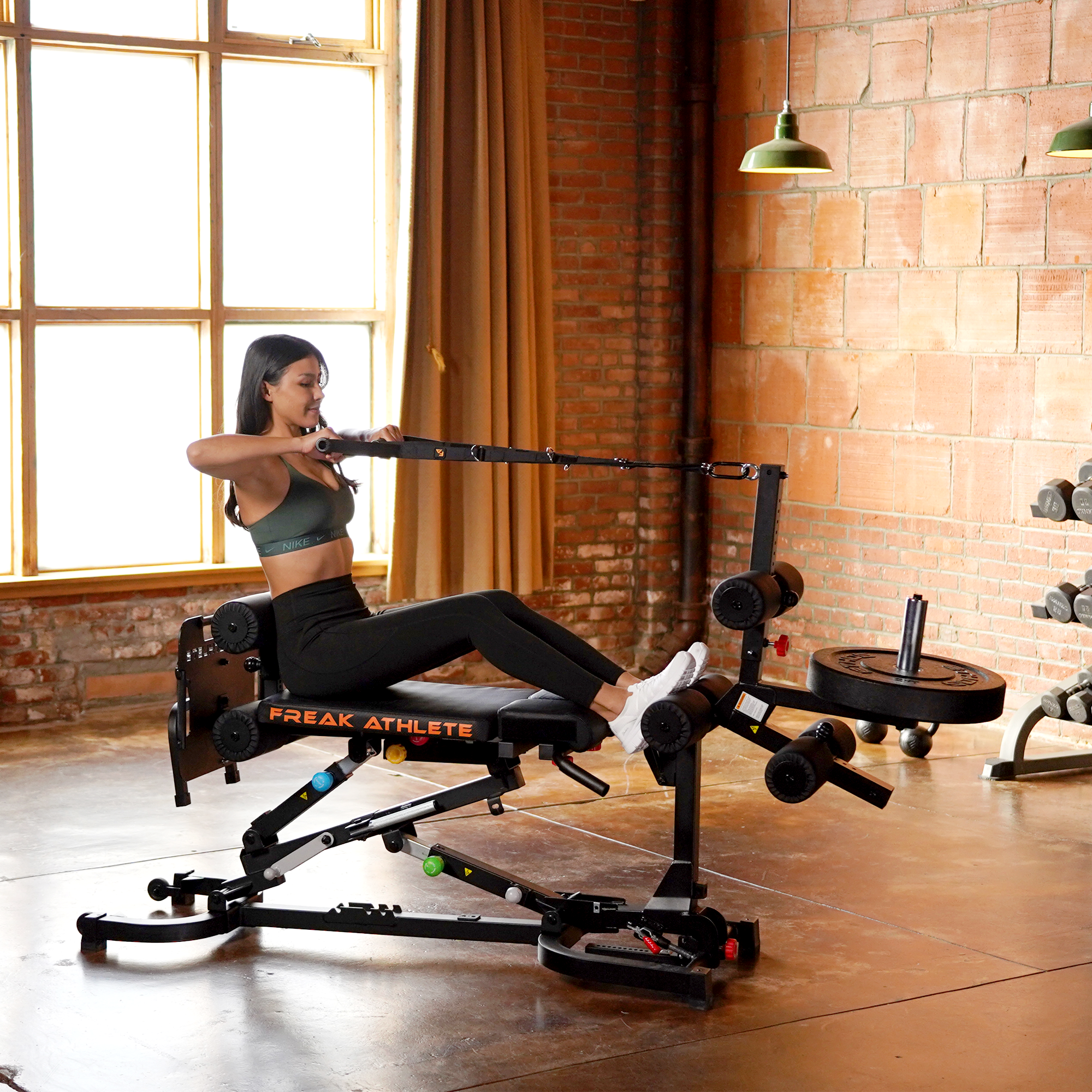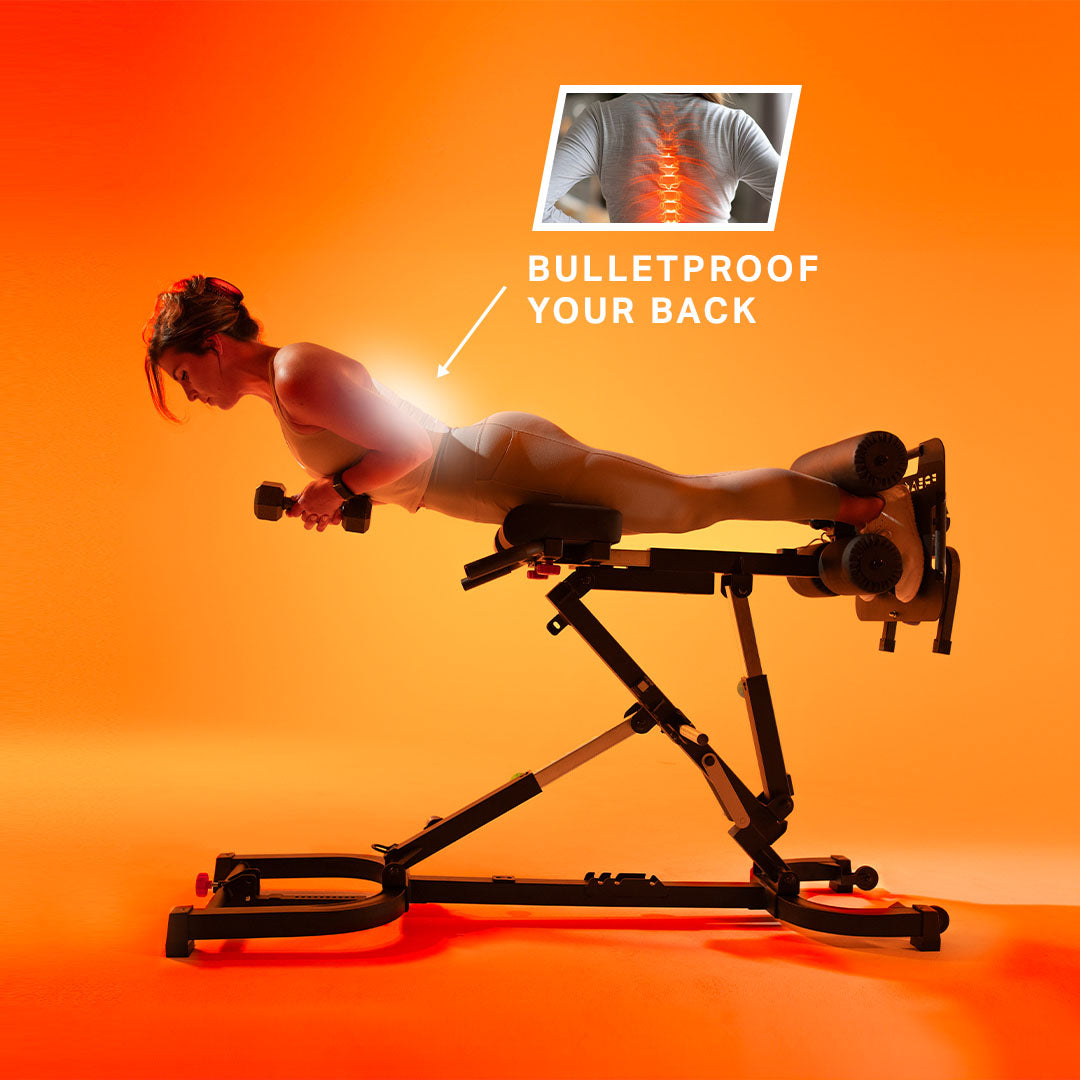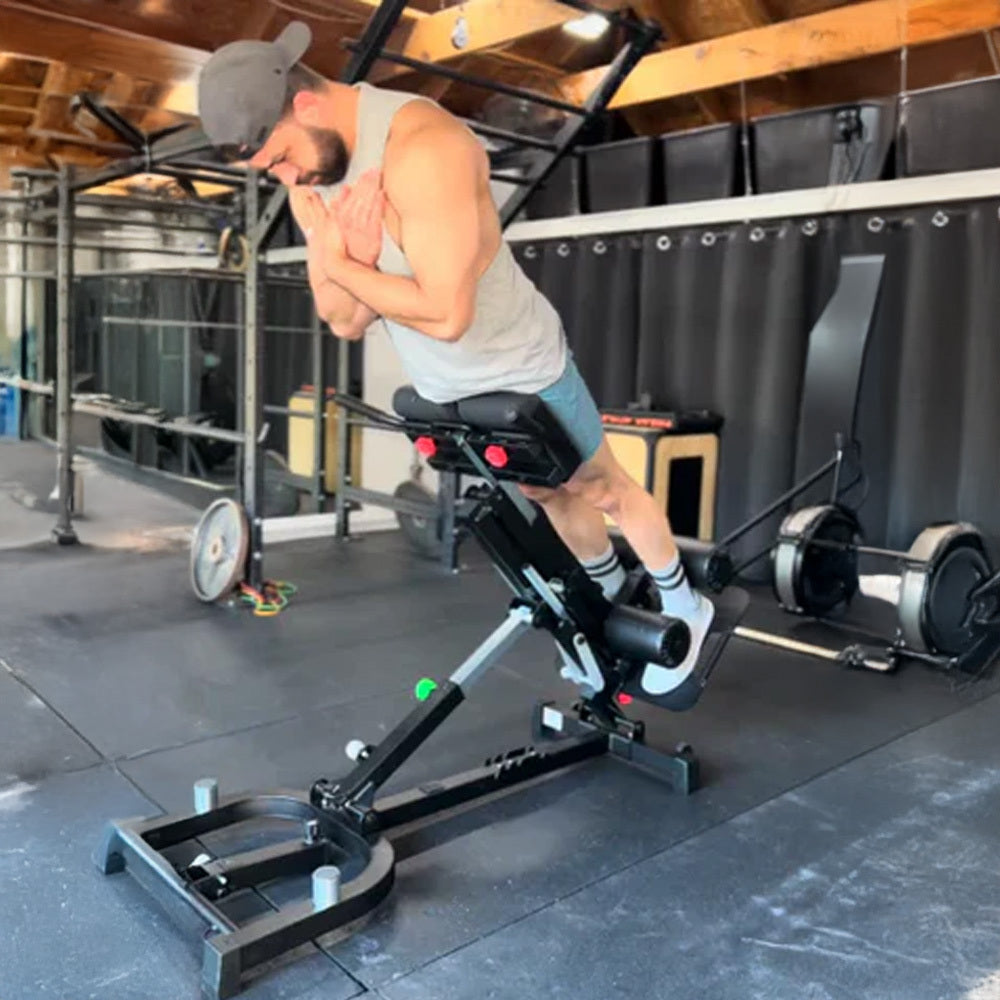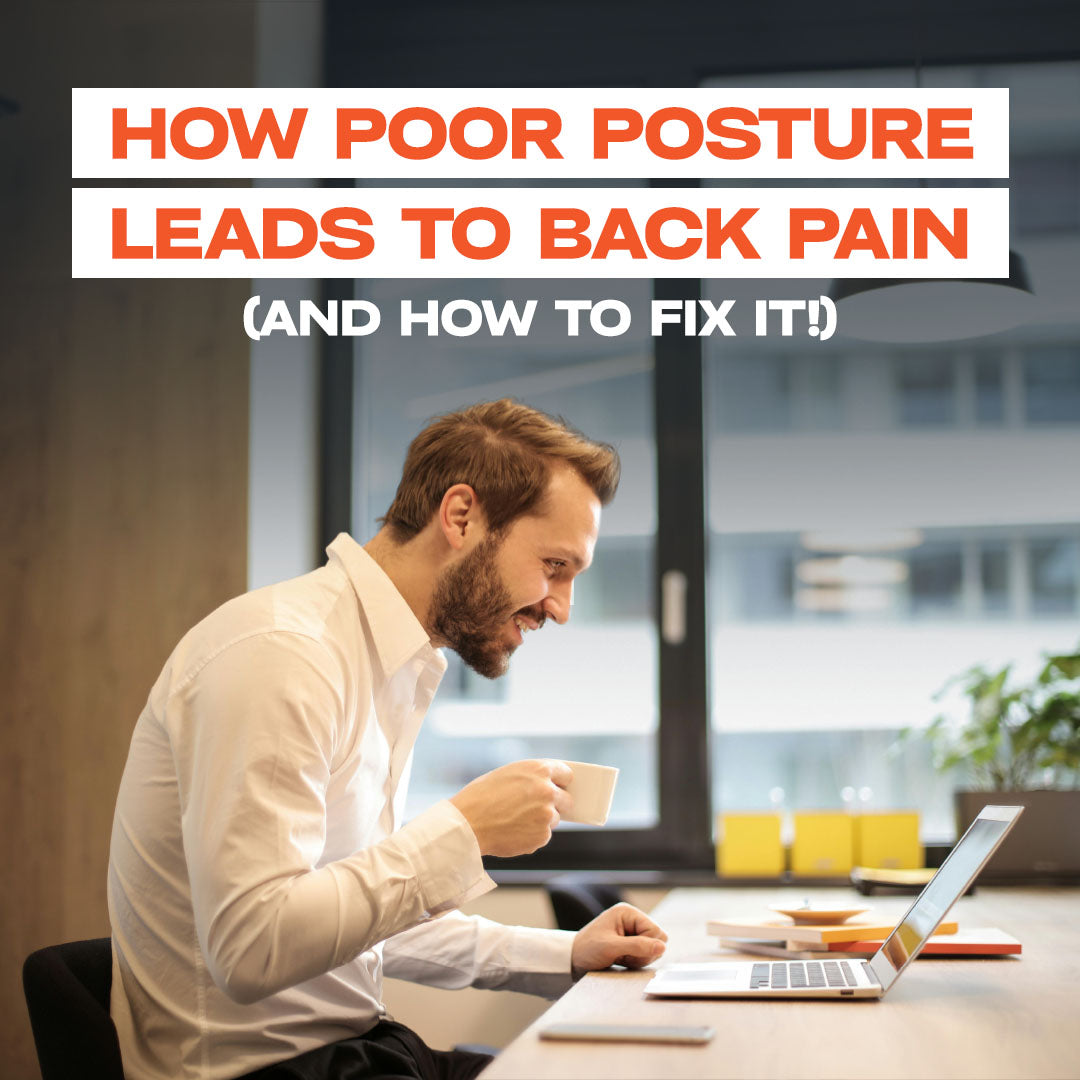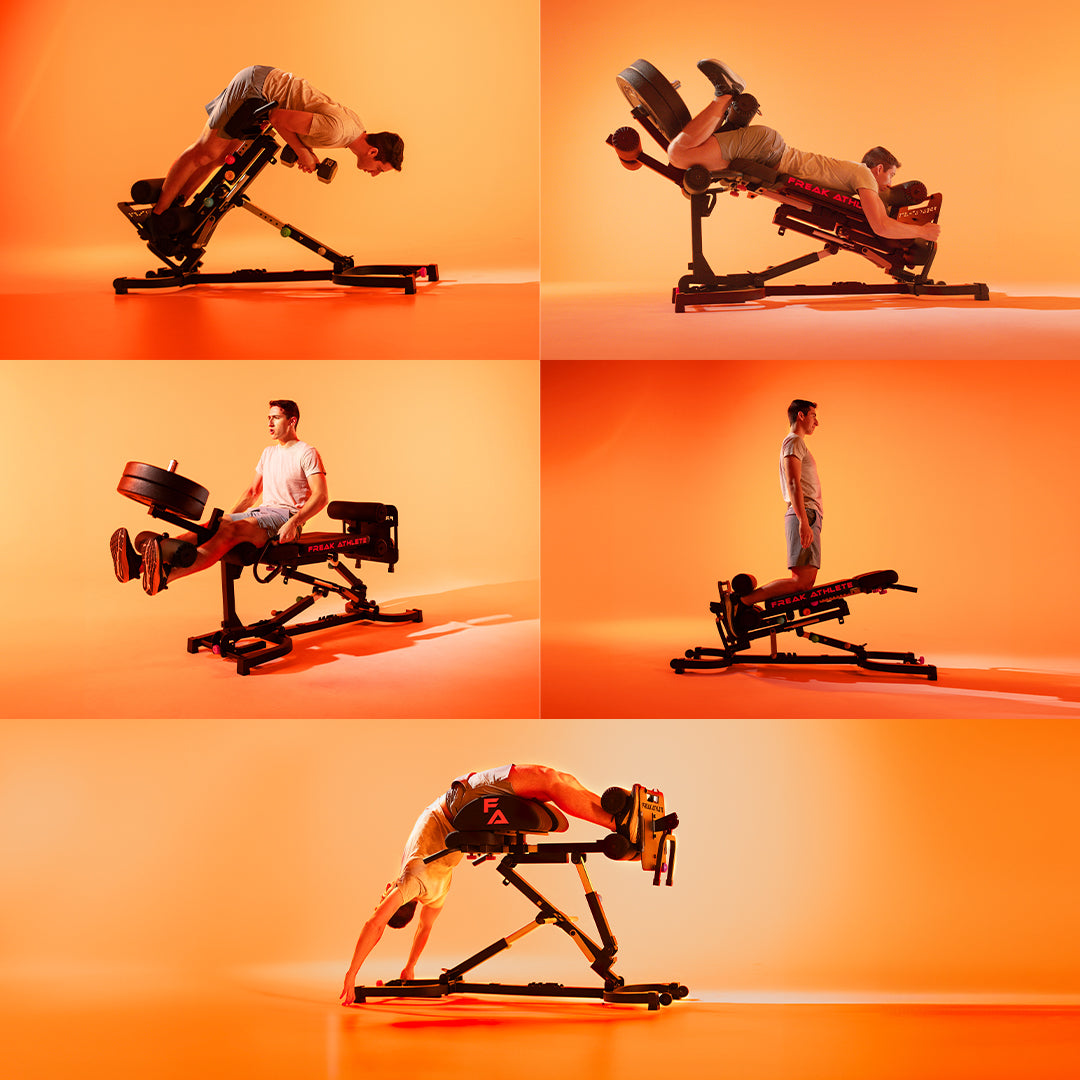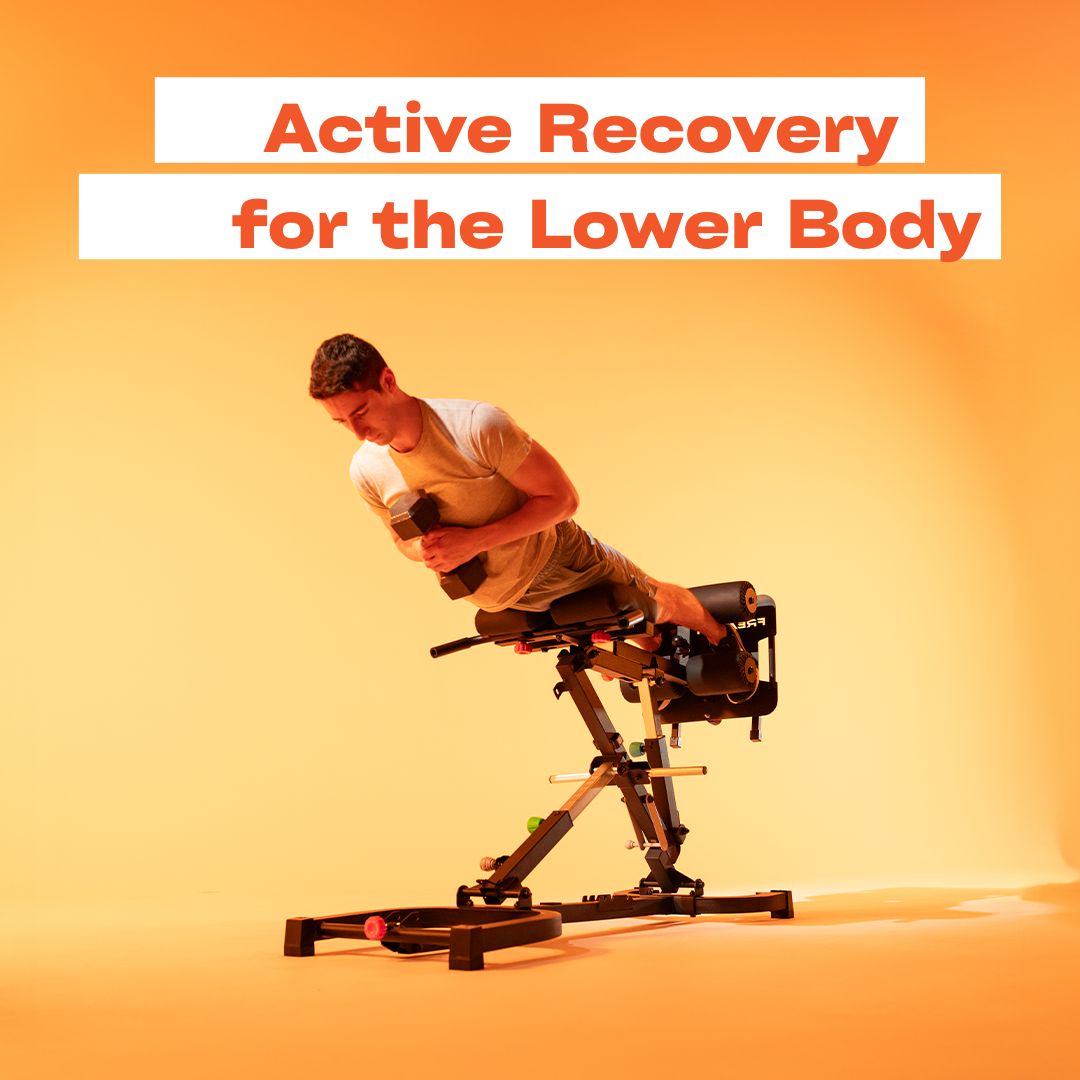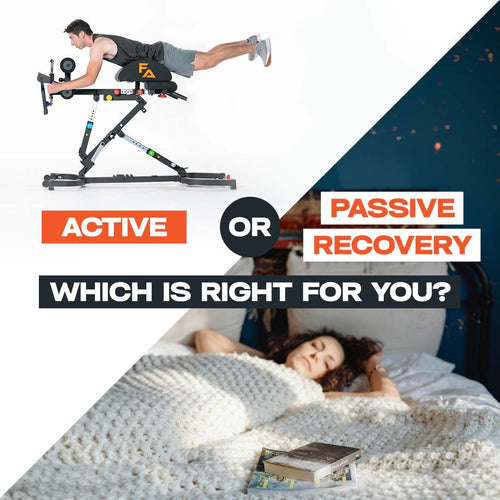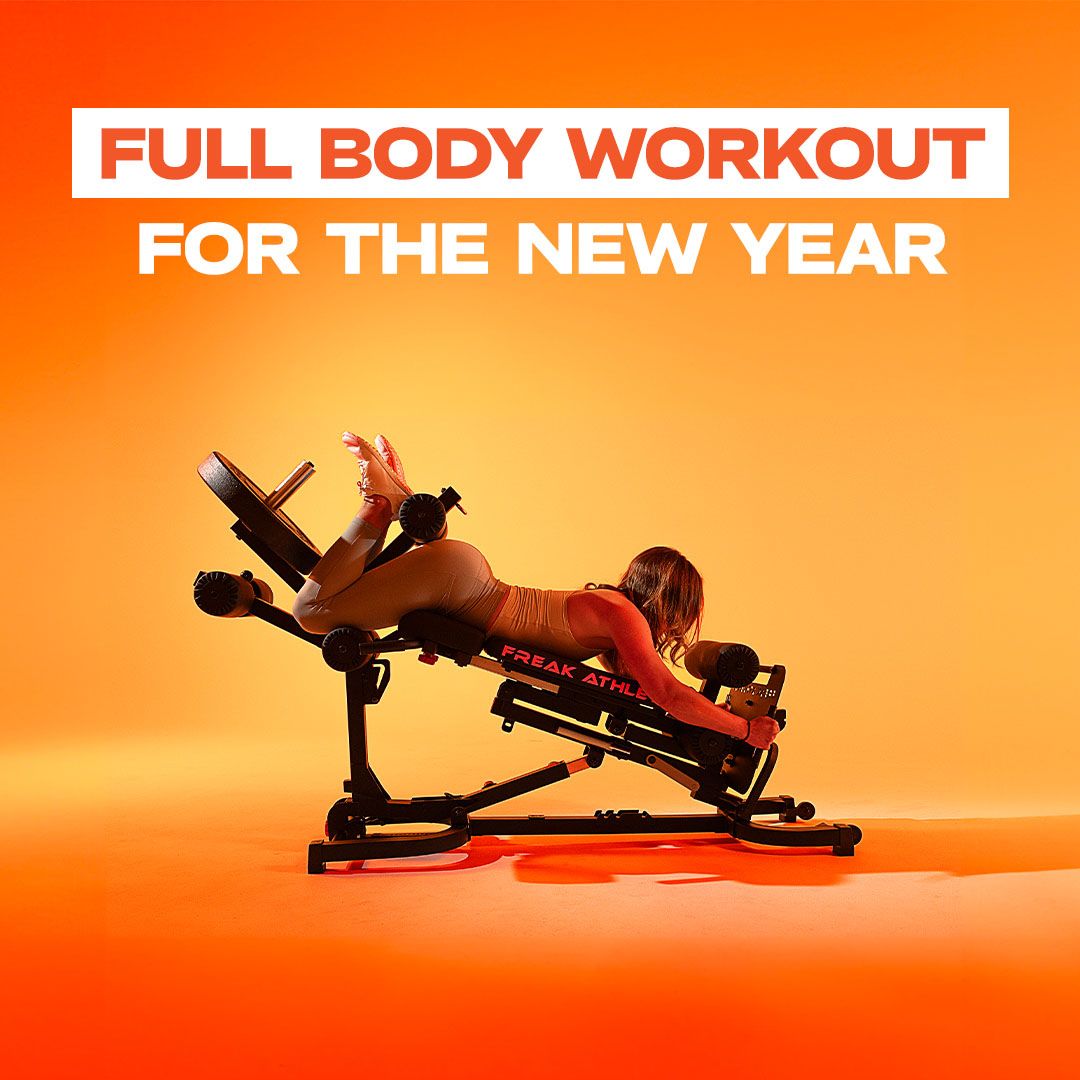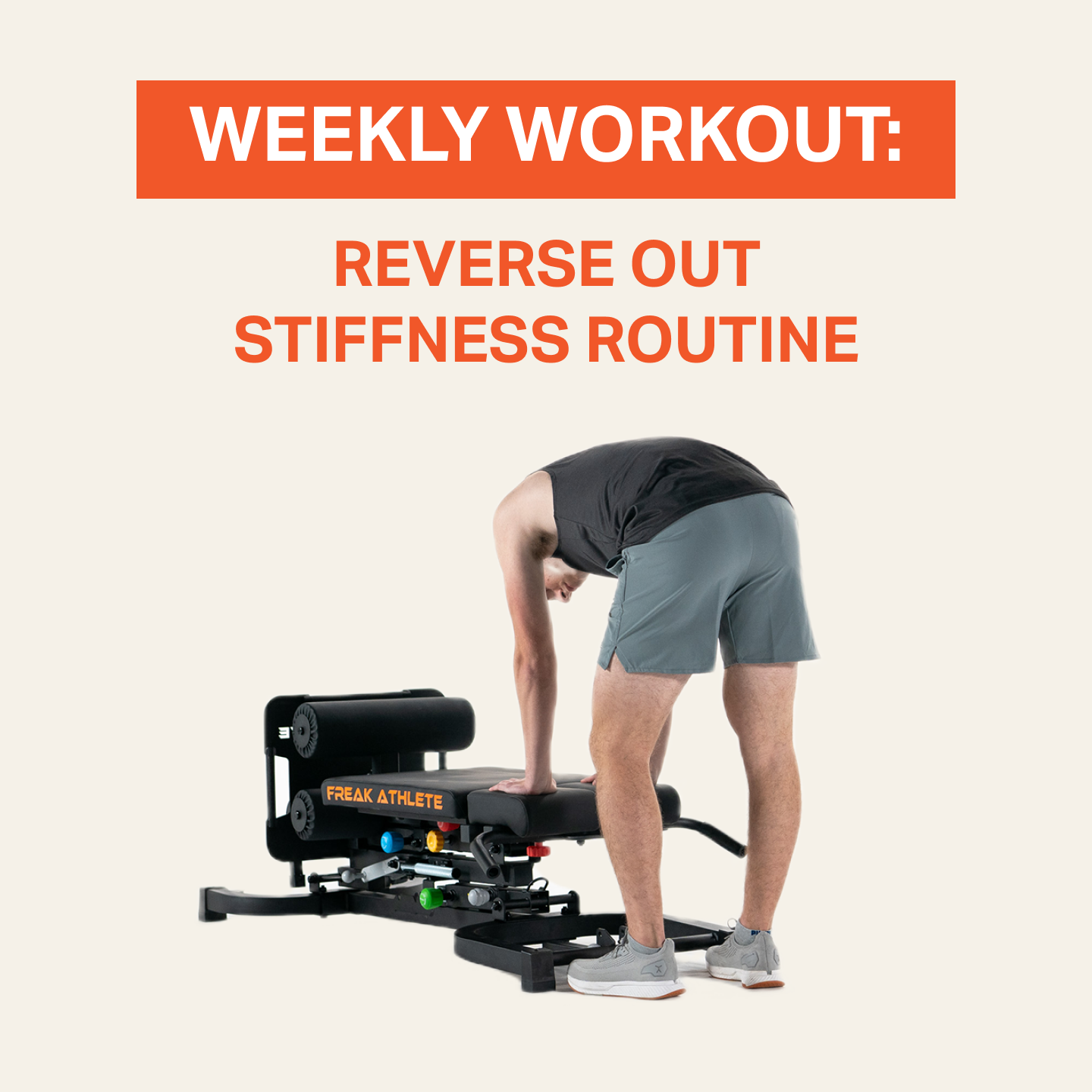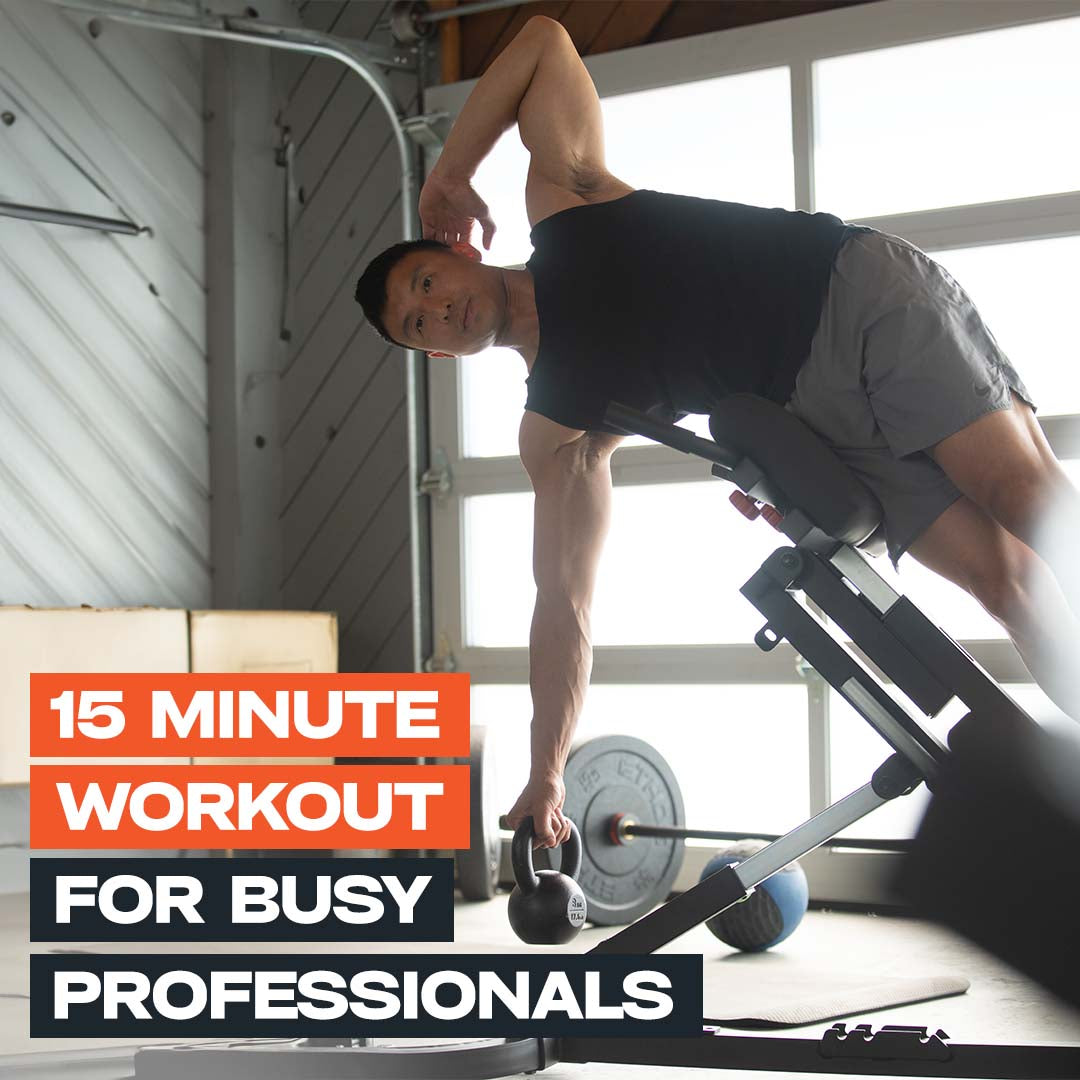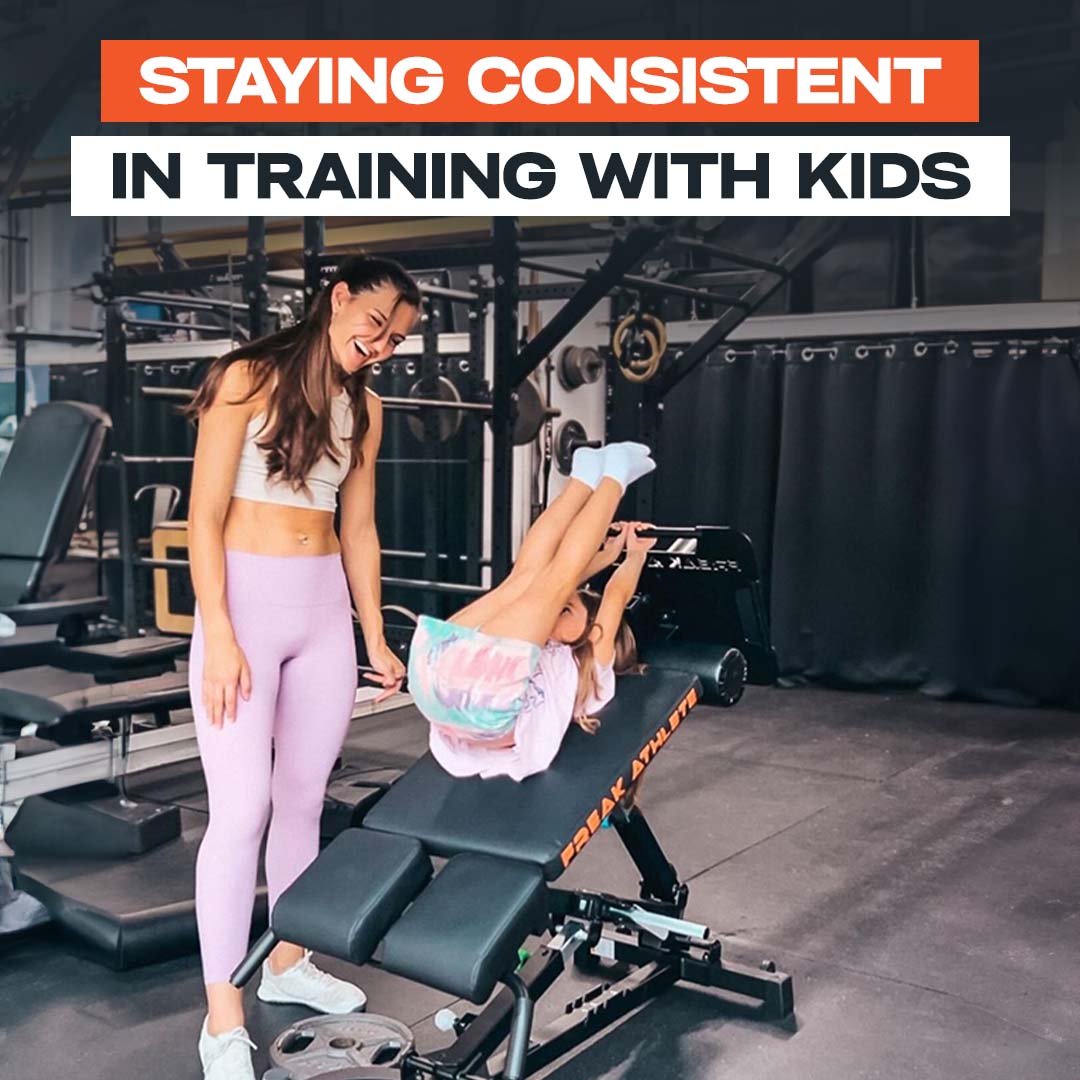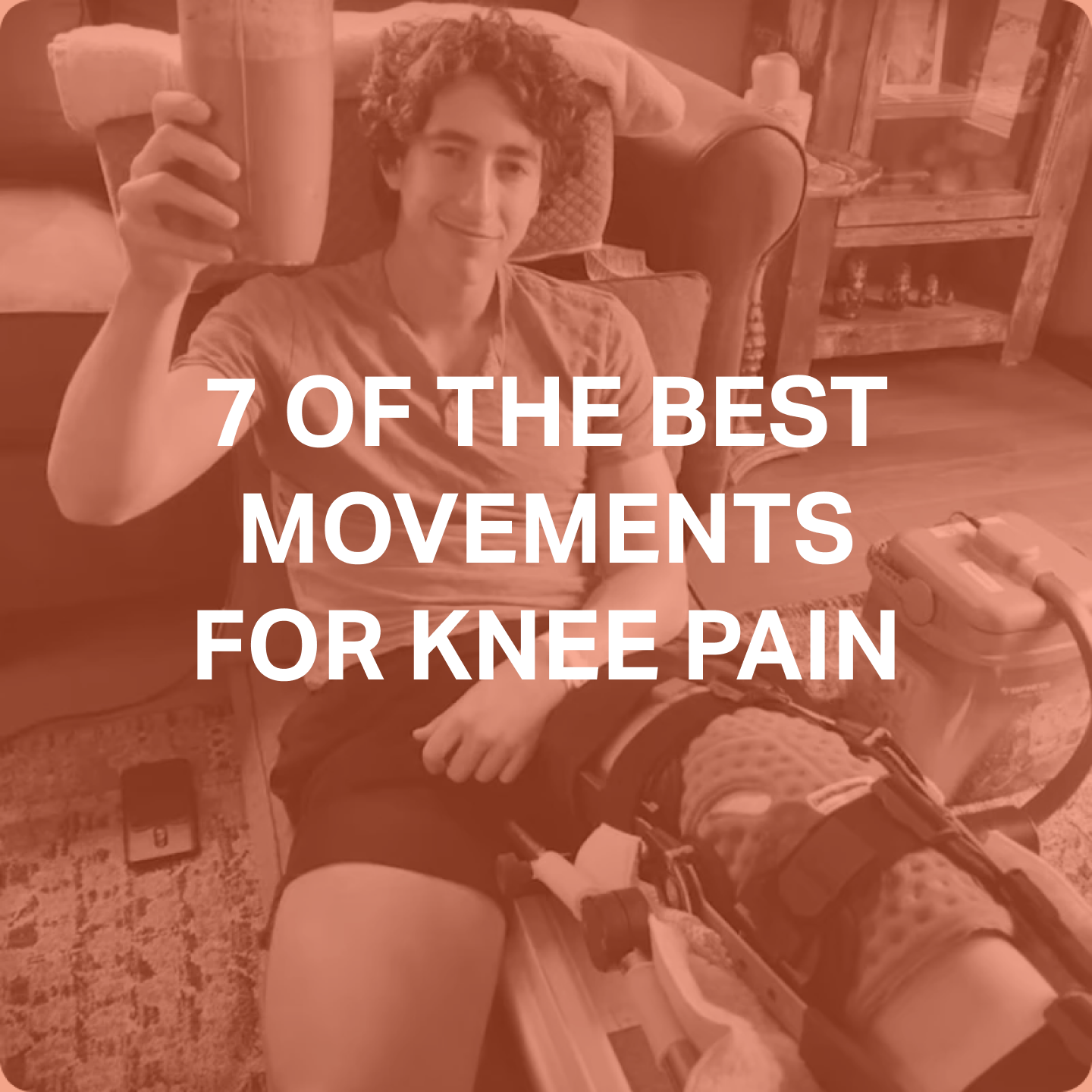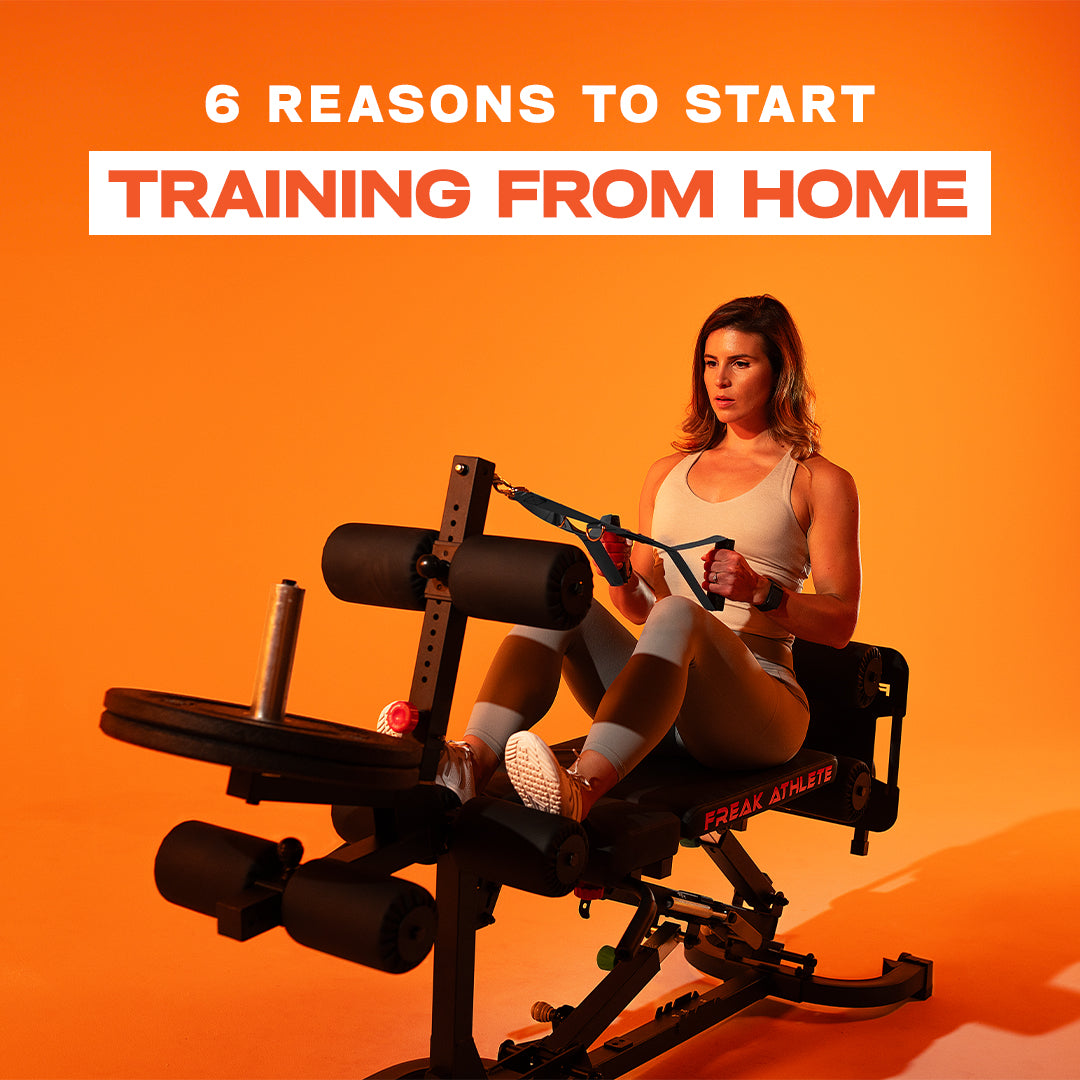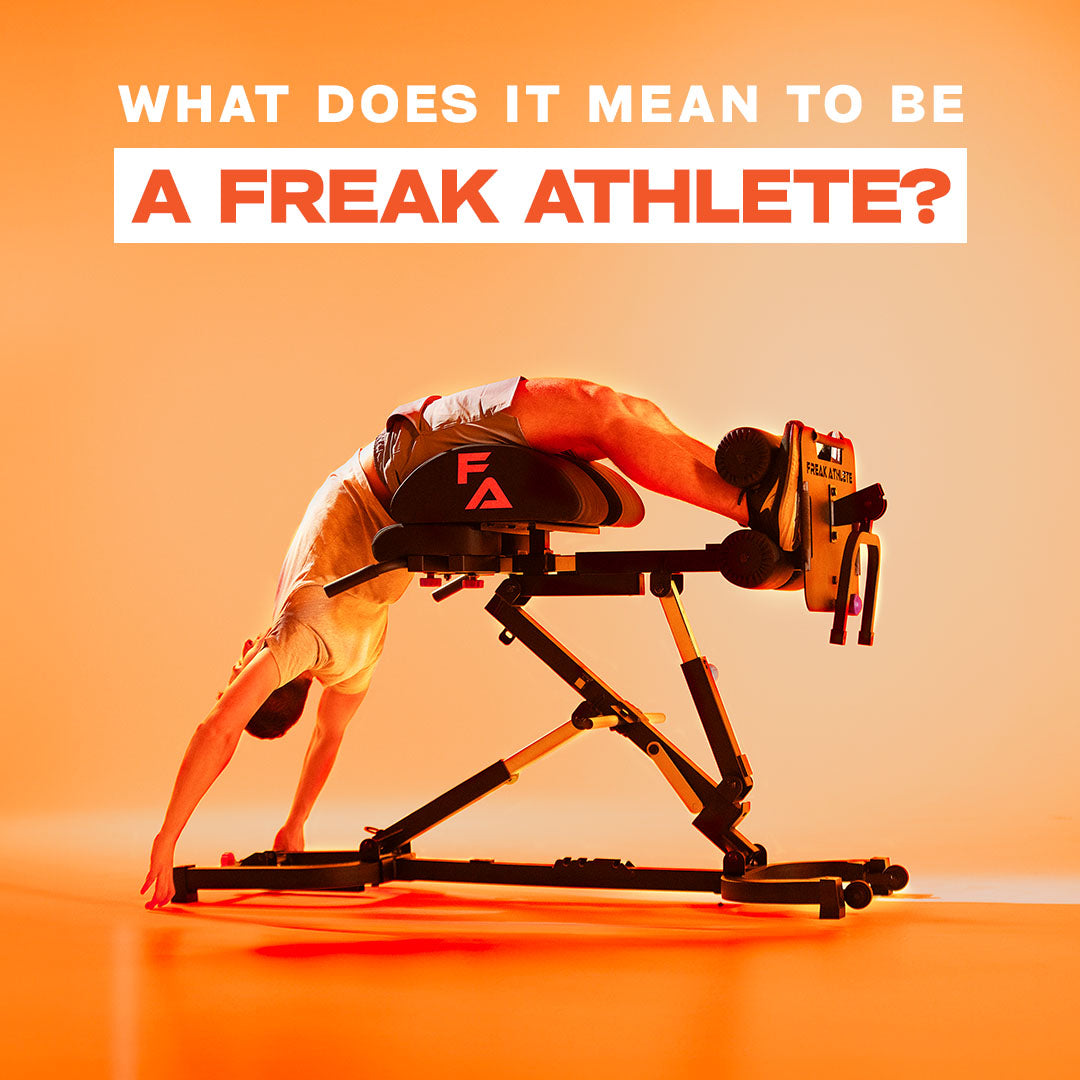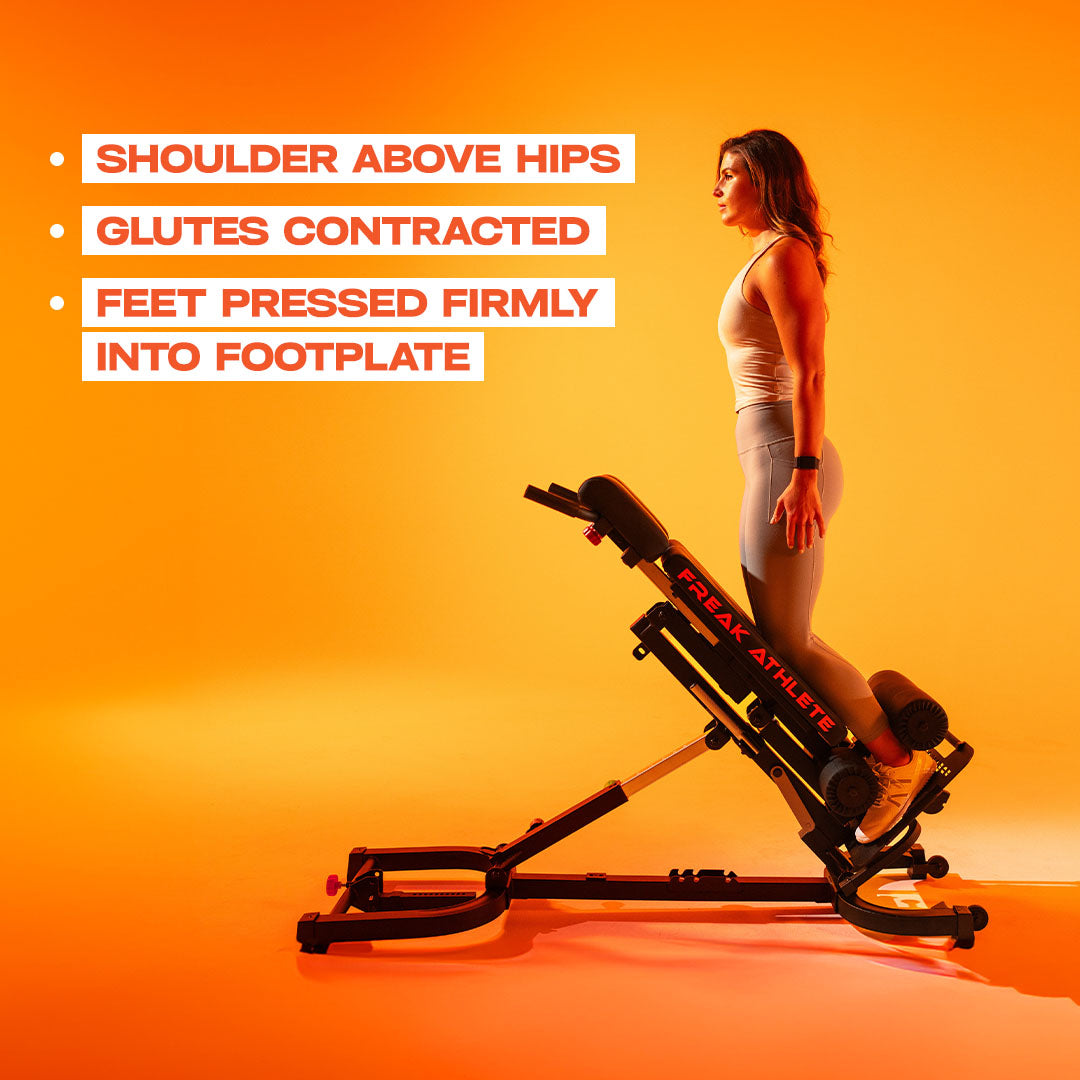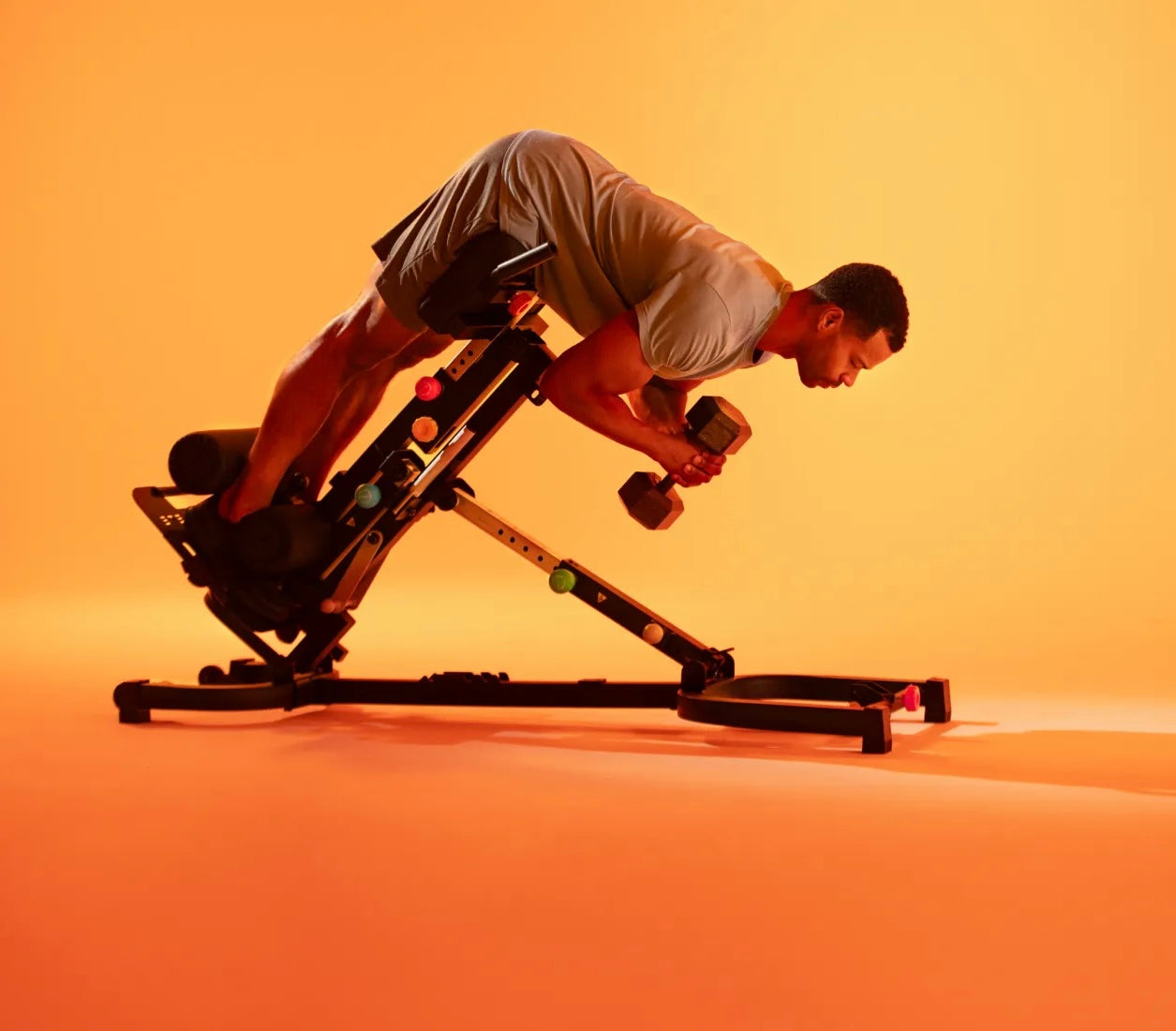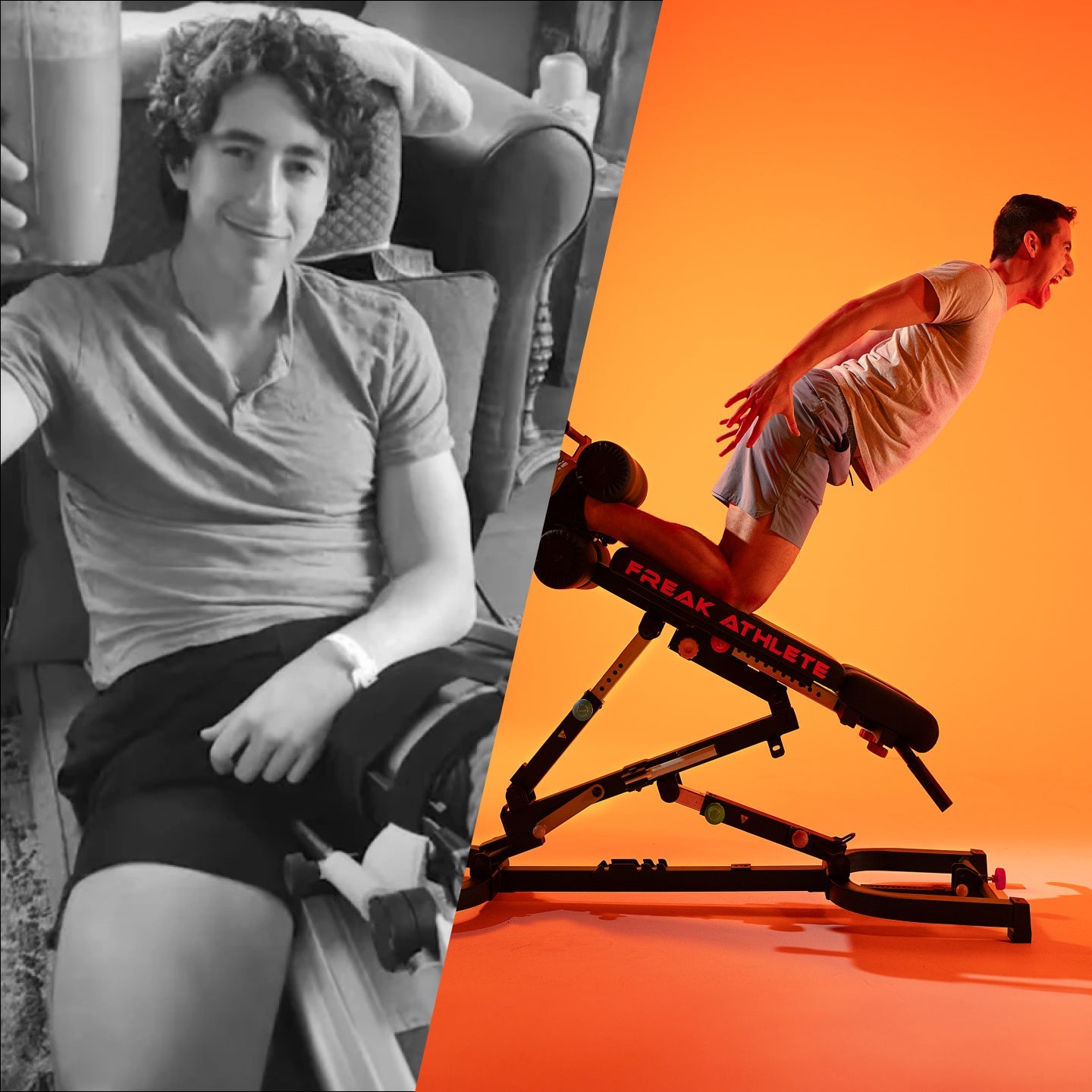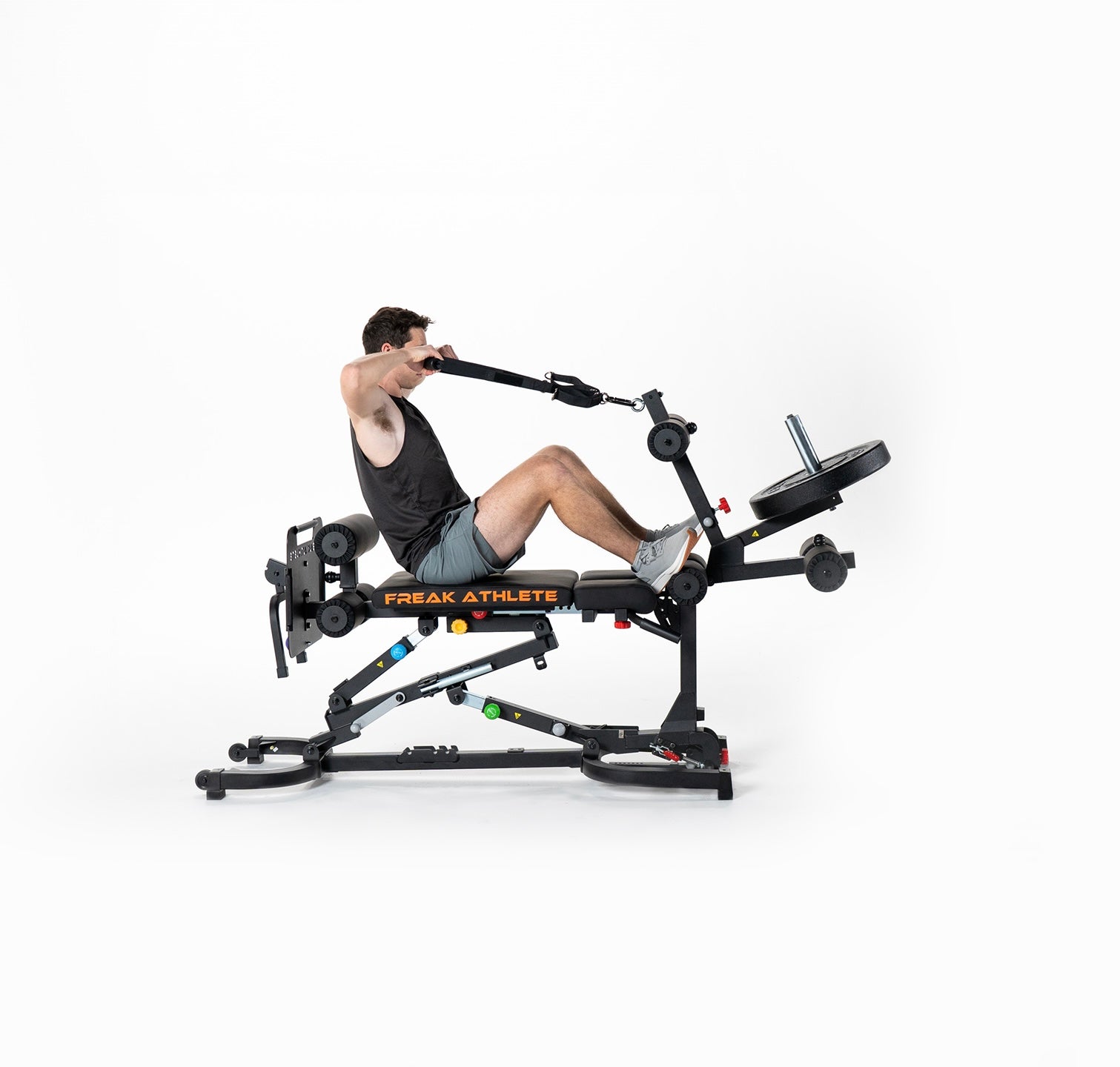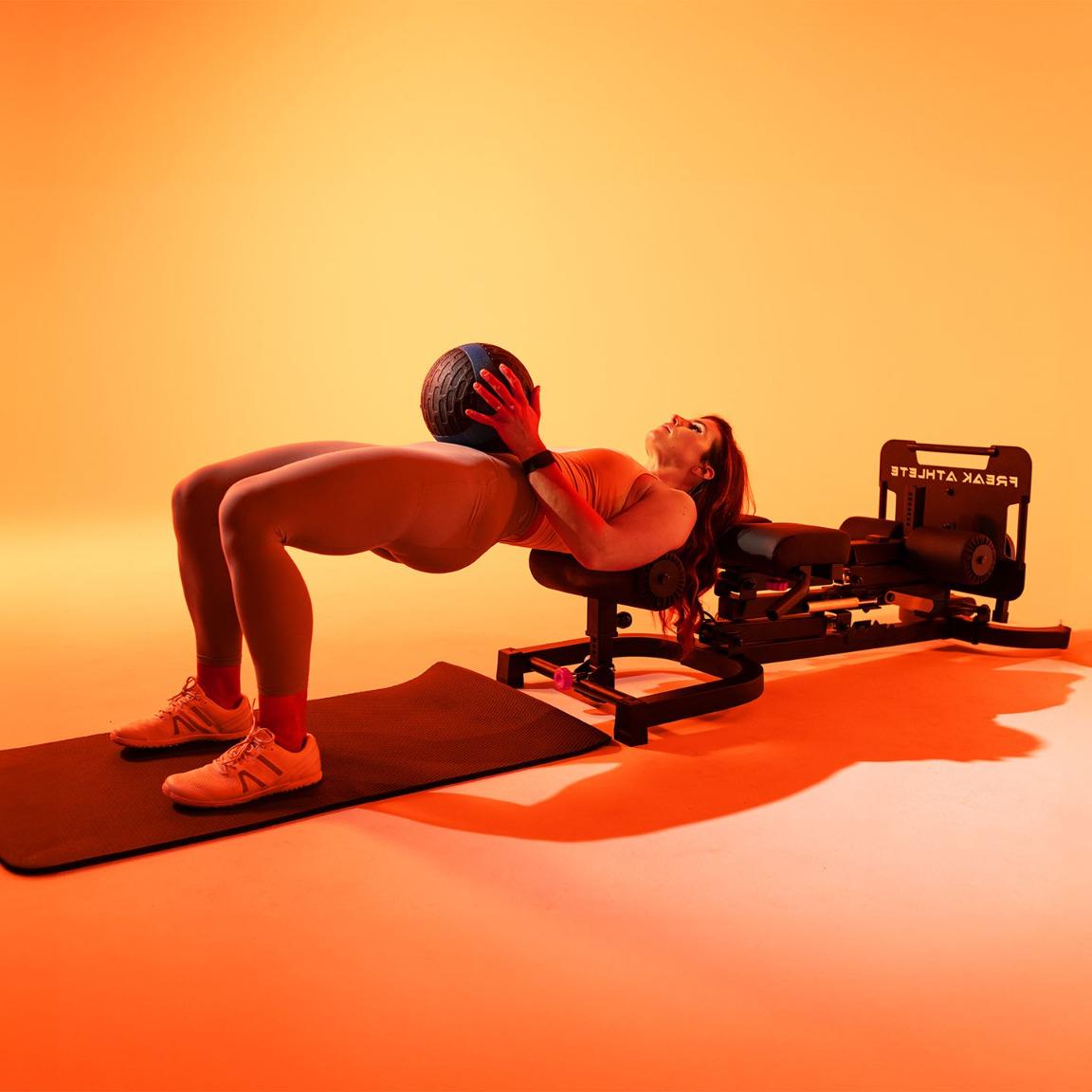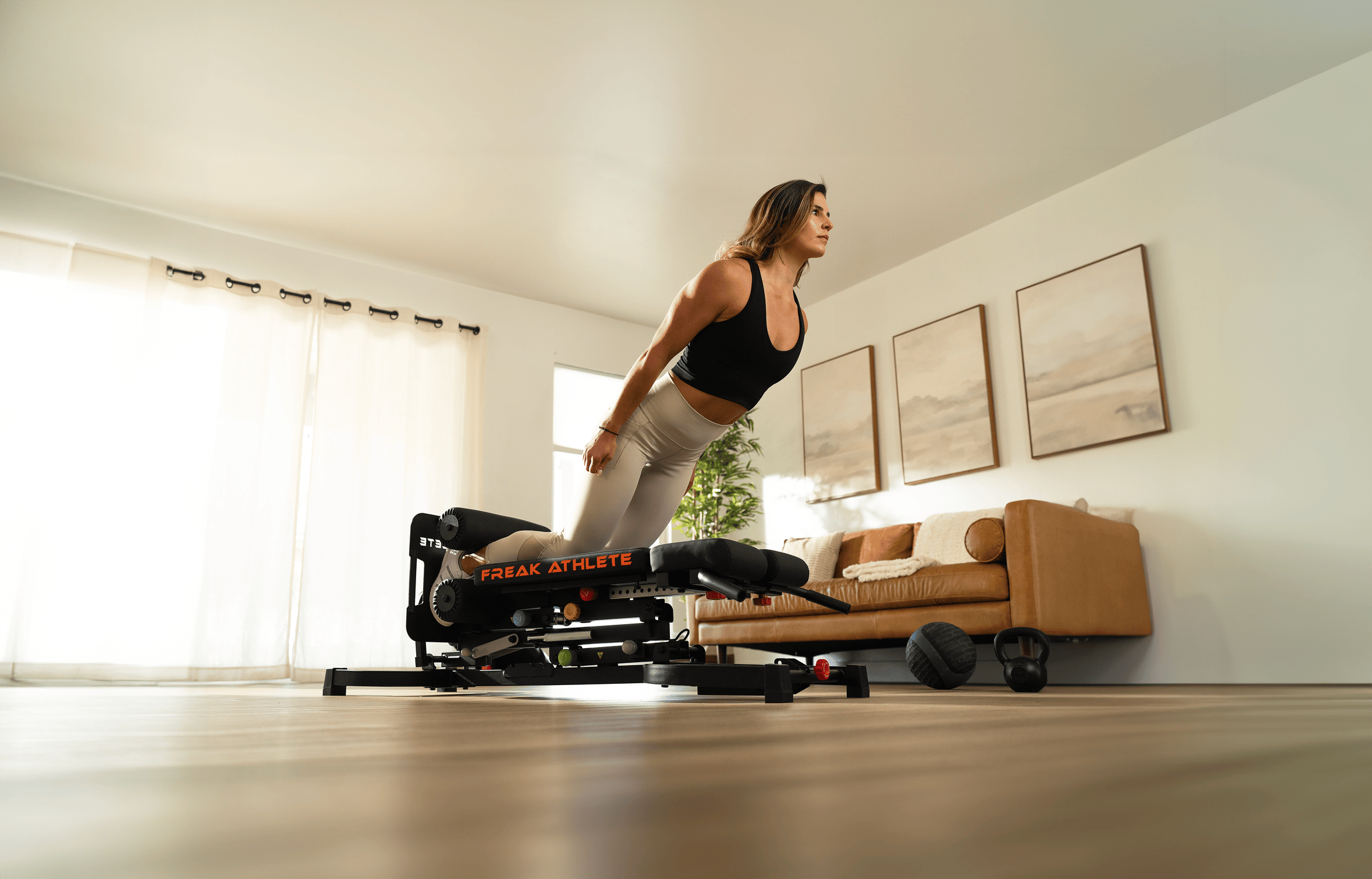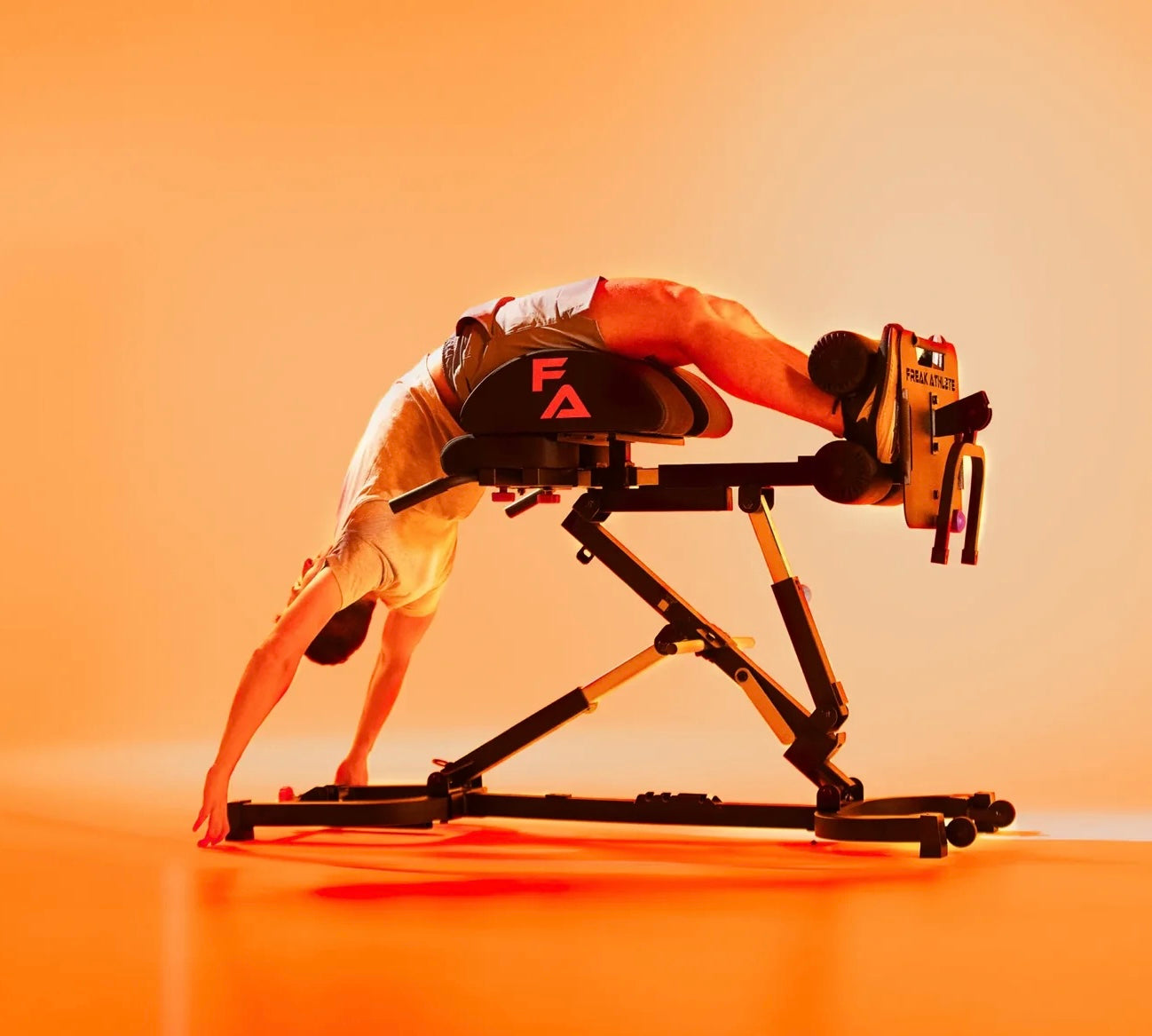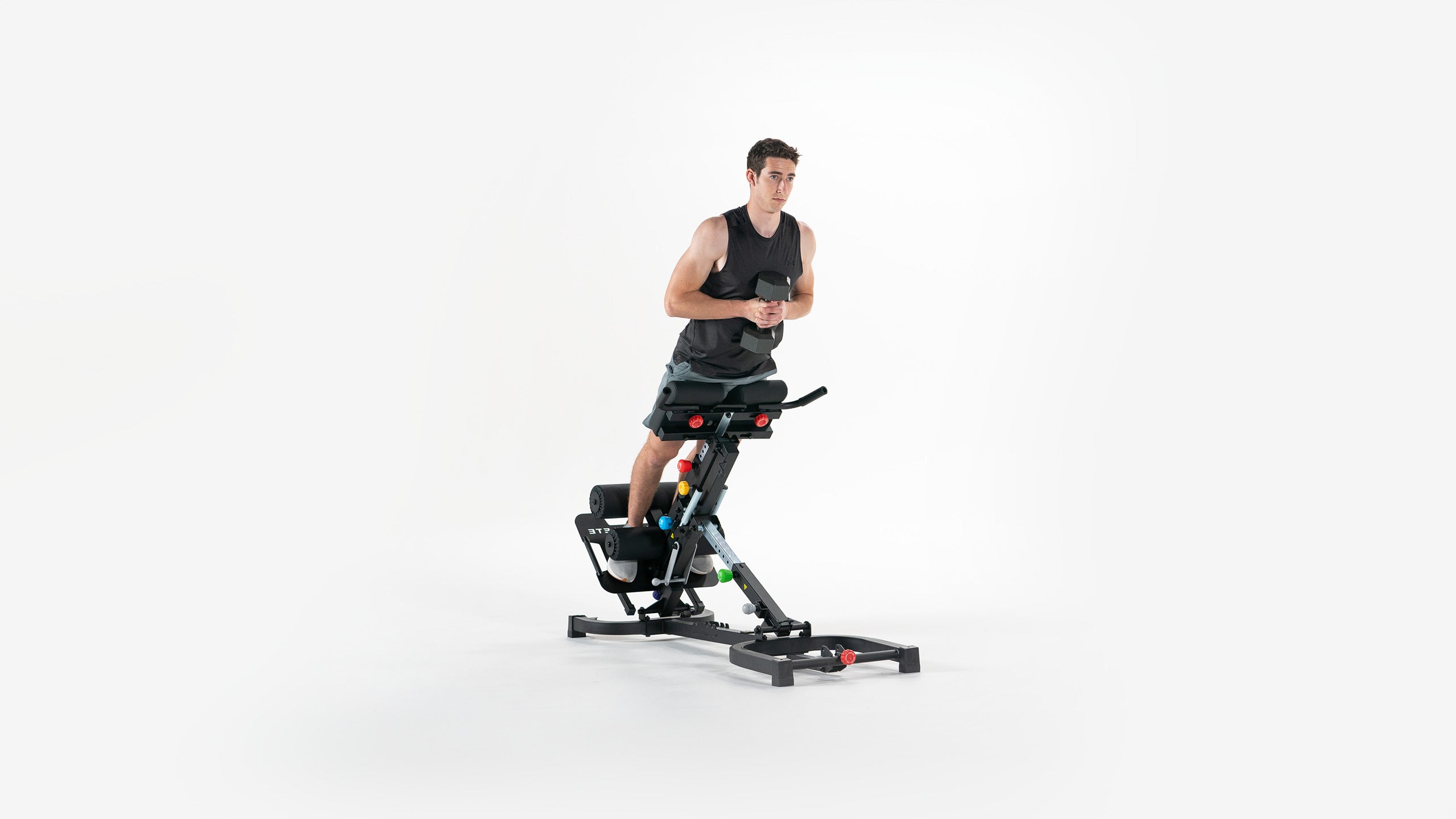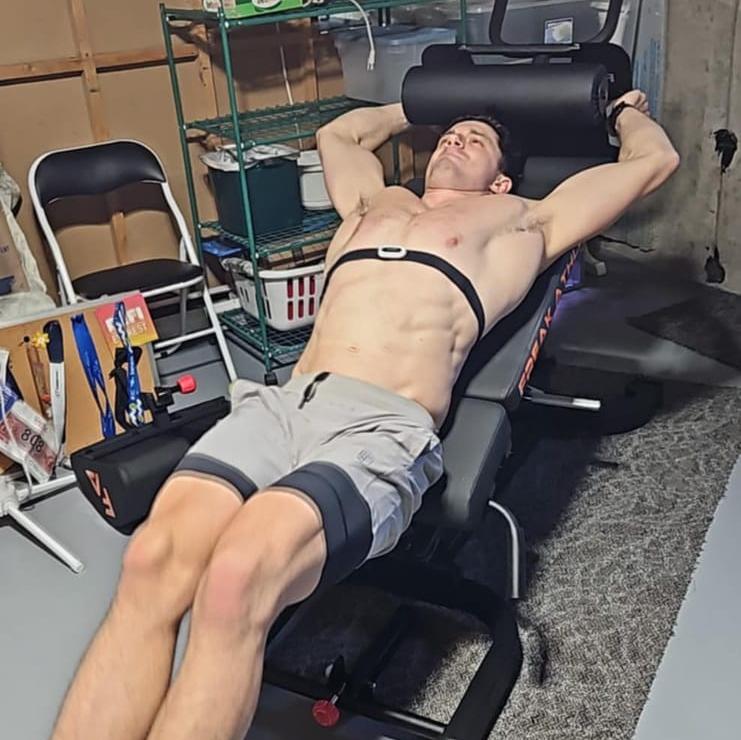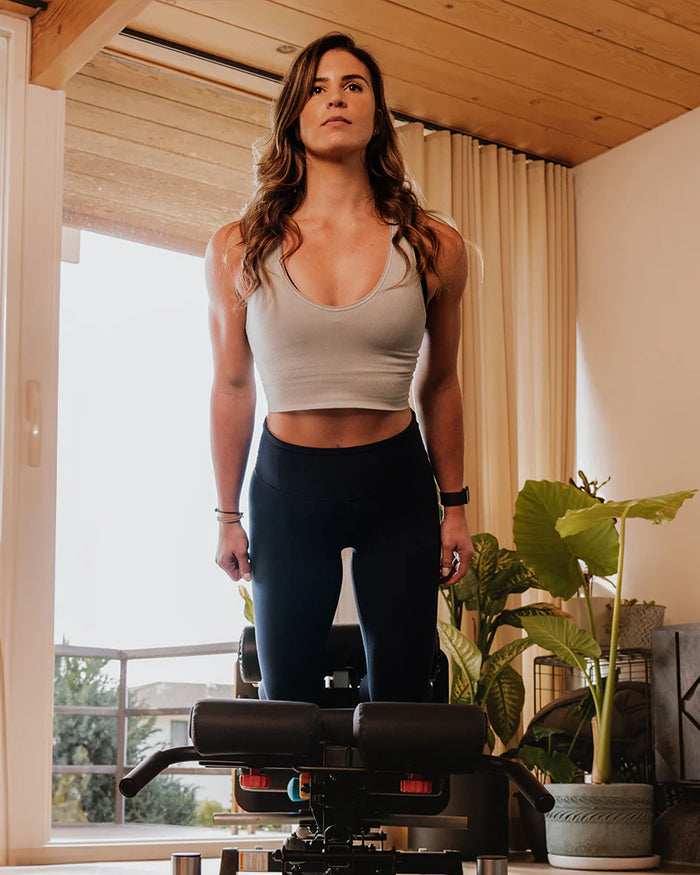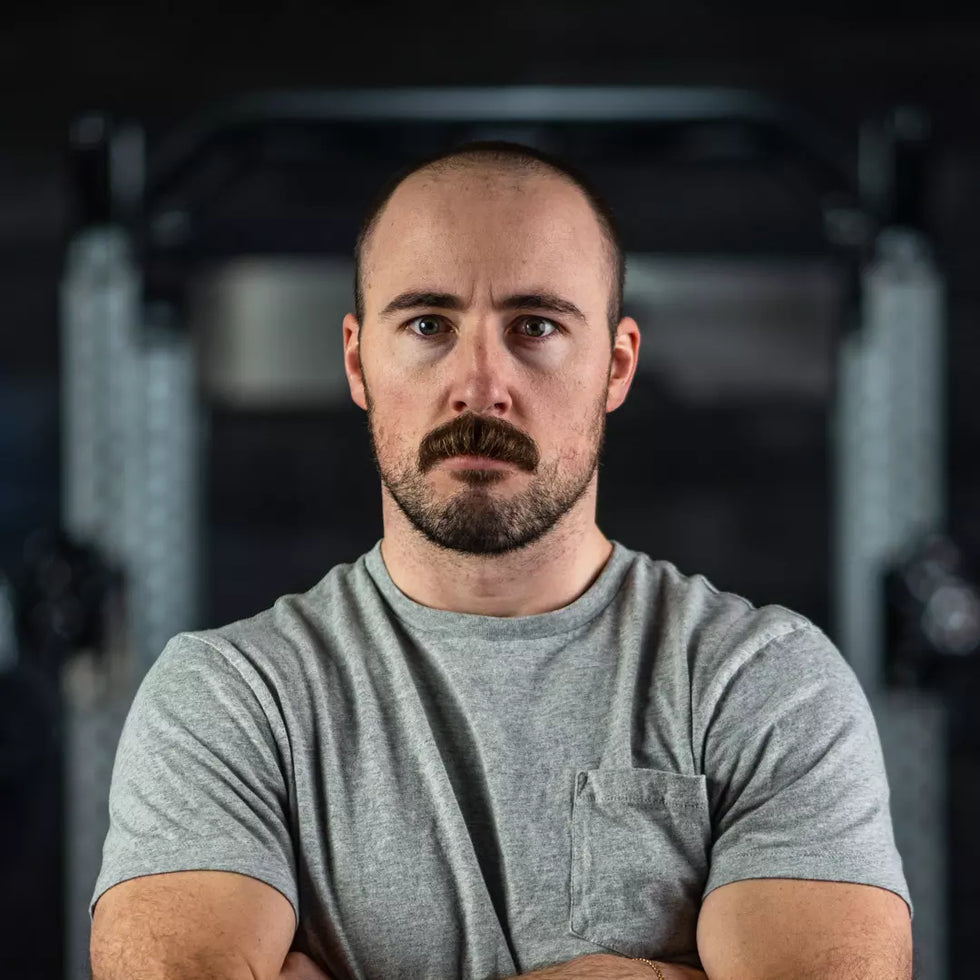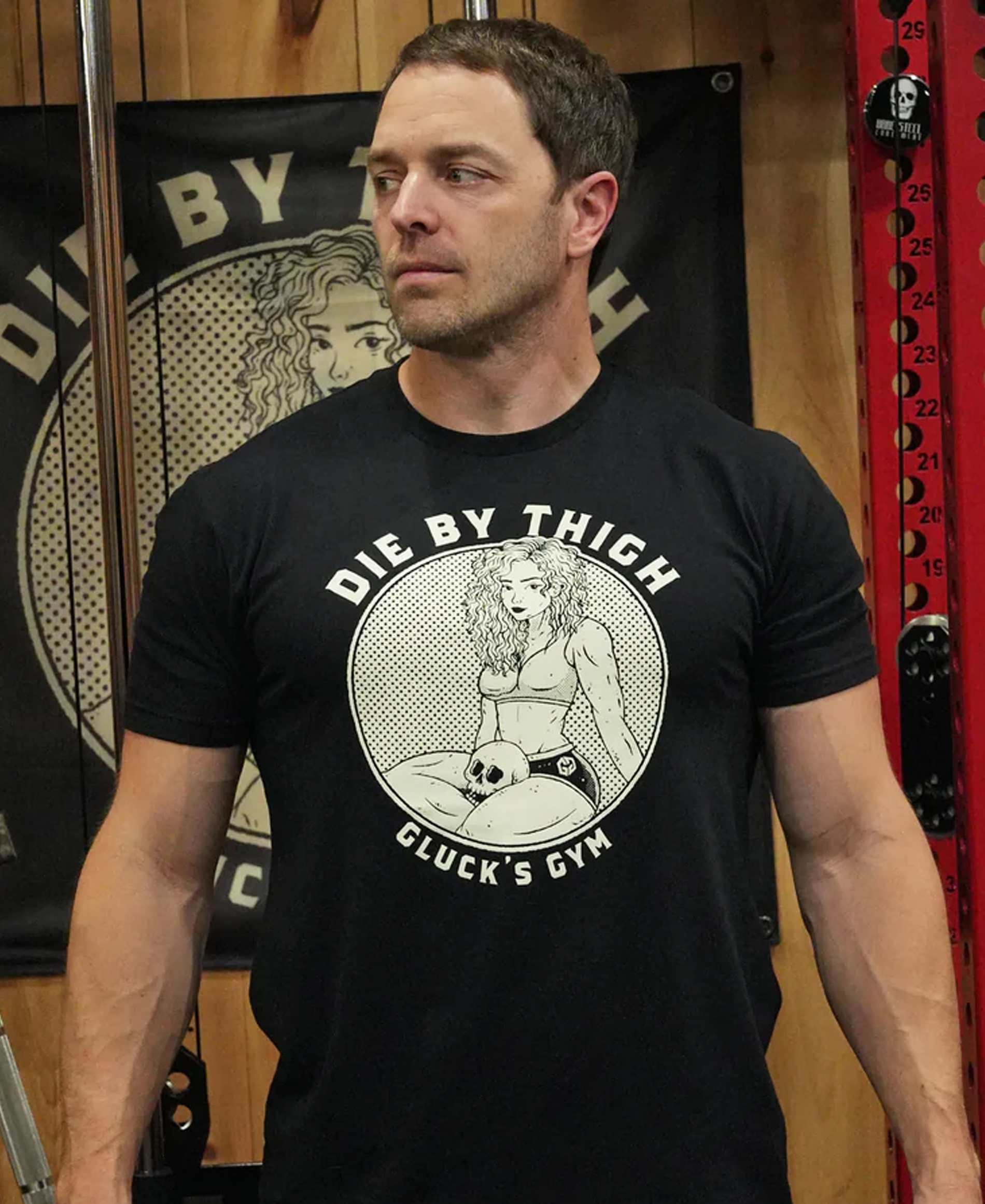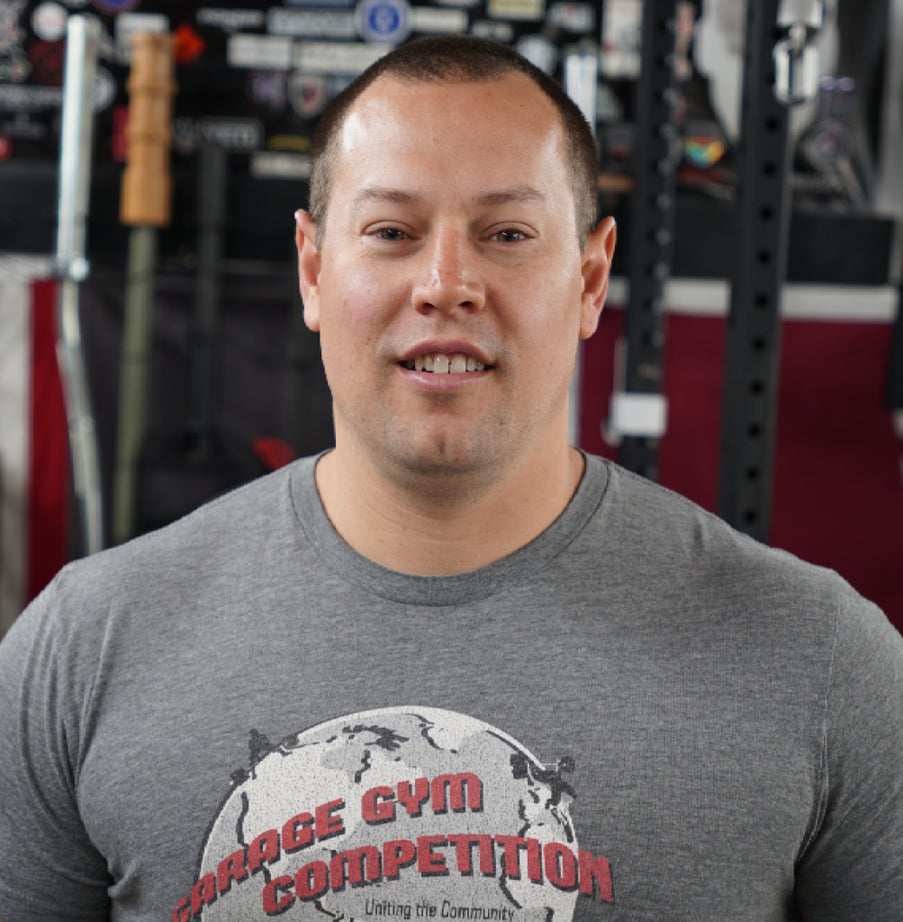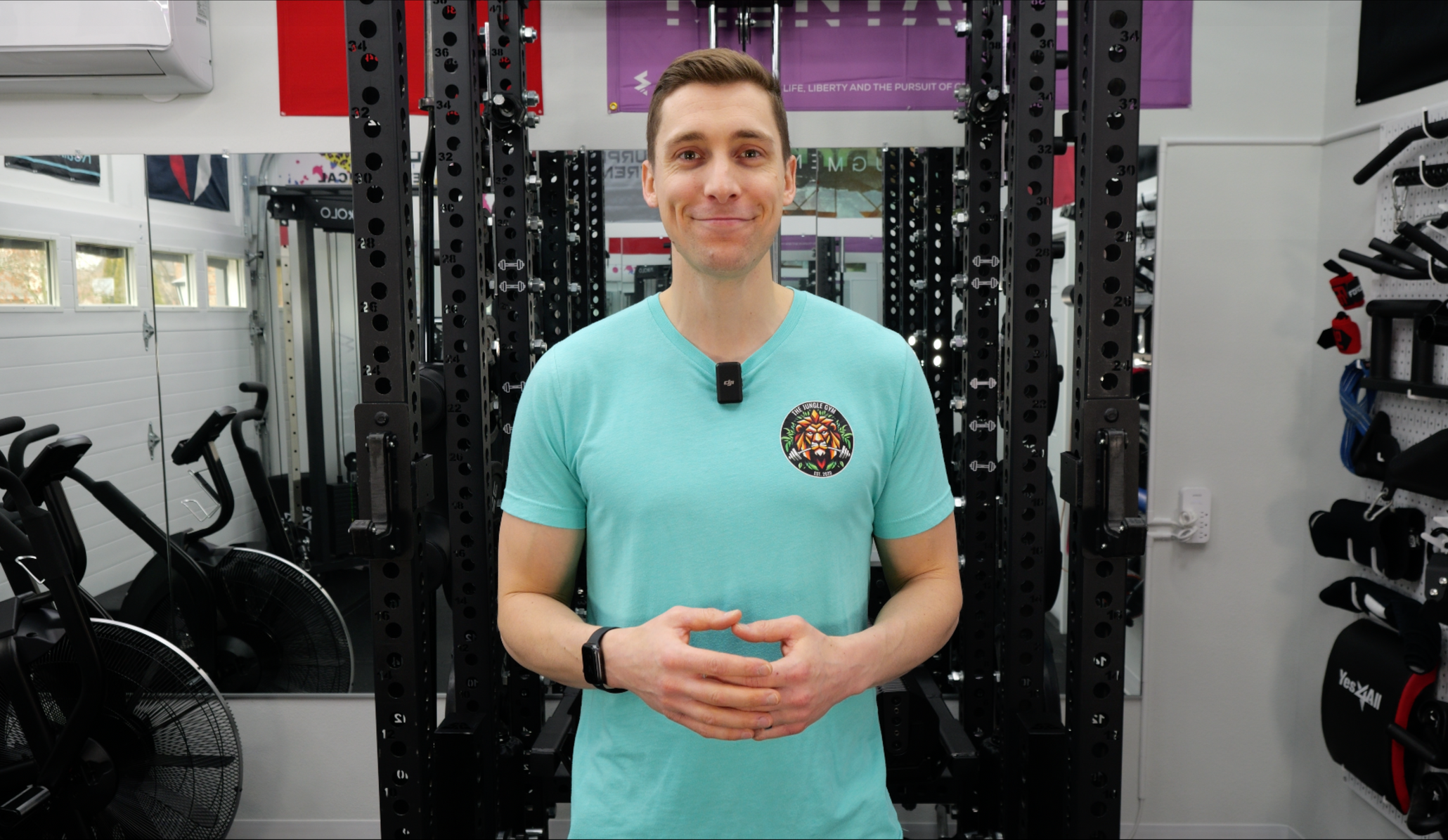PUBLISHED ON Mar, 31, 2025
Healthy Hamstrings = Healthy Knees
When athletes talk about knee strength, the conversation usually centers around the quads. But there’s a crucial piece of the equation that’s often overlooked—the hamstrings.
Strong hamstrings aren’t just about running faster or jumping higher. They’re one of the most important muscle groups for keeping your knees safe, stable, and pain-free—especially if you’re an athlete in a high-impact sport like football, soccer, or MMA.
Let’s break down why hamstring strength matters more than most people realize.
The Missing Piece in Knee Health
The hamstring muscles play a huge role in stabilizing the back of the knee, especially during fast, dynamic movement. They counteract the force produced by the quads and help prevent knee hyperextension—a key function that protects athletes from serious injuries.
But here’s the problem: a lot of strength training programs emphasize quad development (think squats, lunges, leg press), while hamstring training gets tacked on at the end—or skipped altogether.
This creates an imbalance where the front of the knee is strong, but the back is underdeveloped. That kind of quad-hamstring imbalance increases the risk of injury, especially during sprinting, deceleration, and change of direction.
Train the Hamstrings Through Full Range
To truly protect the knees, you need to train the hamstrings in both their lengthened and shortened positions. Most people miss this, and it’s a major gap in their lower body routine.
Lengthened Position:
Movements like Nordic Curls place the hamstrings under load while they stretch. This builds eccentric hamstring strength and tissue resilience—two things that directly reduce the risk of hamstring strains and ACL injuries.*
Shortened Position:
Exercises like Hamstring Curls target the muscle when it’s fully contracted. This strengthens the back of the knee in its most compressed state, helping stabilize the joint under explosive load.
Together, these two training styles create balanced legs—and better long-term support for your knees.
Balanced Legs = Better Performance
When your quads and hamstrings are balanced, the results show up everywhere:
- Reduced risk of knee injuries, especially ACL tears and strains
- More power production in sprinting and jumping
- Improved speed and sprint mechanics
- Better knee stability under stress and movement
If you’re training for performance but not intentionally including hamstring exercises, you’re leaving strength and stability on the table.
Hamstring-Focused Movements with the Hyper Pro
The Hyper Pro was built for targeted, effective posterior chain training. It lets you safely and efficiently train the hamstrings through a full range of motion with high control. Here are a few key movements that help you strengthen the hamstrings the right way:
Nordic Curls
Strengthen the hamstrings in the lengthened position
Hamstring Curls
Train the hamstrings in the shortened position
Back Extensions
Train hip extension and build glute-hamstring synergy
GHR (Glute-Ham Raise) -
Train the glutes and hamstrings at the same time with more volume and less force directly on the knee. (A great introduction to Nordic Curls)
Each of these exercises targets the hamstrings from a different angle, helping you prevent hamstring injuries, build strength, and support your knee health.
Final Thoughts: Don’t Skip the Back of the Leg
Your knees depend on more than just your quads.
If you want to avoid knee pain, stay injury-free, and get the most out of your training, you need to focus on functional hamstring exercises and build real strength where it matters most.
Because healthy hamstrings = healthy knees.
And the Hyper Pro makes it easier than ever to train hamstrings at home—safely, efficiently, and effectively.
→ Ready to build strong hamstrings and protect your knees? Check out the Hyper Pro
Sources
- van Dyk, N., Behan, F. P., & Whiteley, R. (2019). Including the Nordic hamstring exercise in injury prevention programmes halves the rate of hamstring injuries: a systematic review and meta-analysis of 8459 athletes. British Journal of Sports Medicine, 53(21), 1362–1370. https://bjsm.bmj.com/content/53/21/1362
- Human Kinetics. (n.d.). This Exercise Could Save Your ACL: The Nordic Hamstring Curl. Human Kinetics Blog. Retrieved from https://us.humankinetics.com/blogs/excerpt/this-exercise-could-save-your-acl-the-nordic-hamstring-curl
- Hegyi, A., Péter, A., Finni, T., & Cronin, N. J. (2021). Region-dependent hamstrings activity in Nordic hamstring exercise and stiff-leg deadlift defined with high-density electromyography. Journal of Sport Rehabilitation, 30(3), 482–488. https://journals.humankinetics.com/view/journals/jsr/30/3/article-p482.xml
